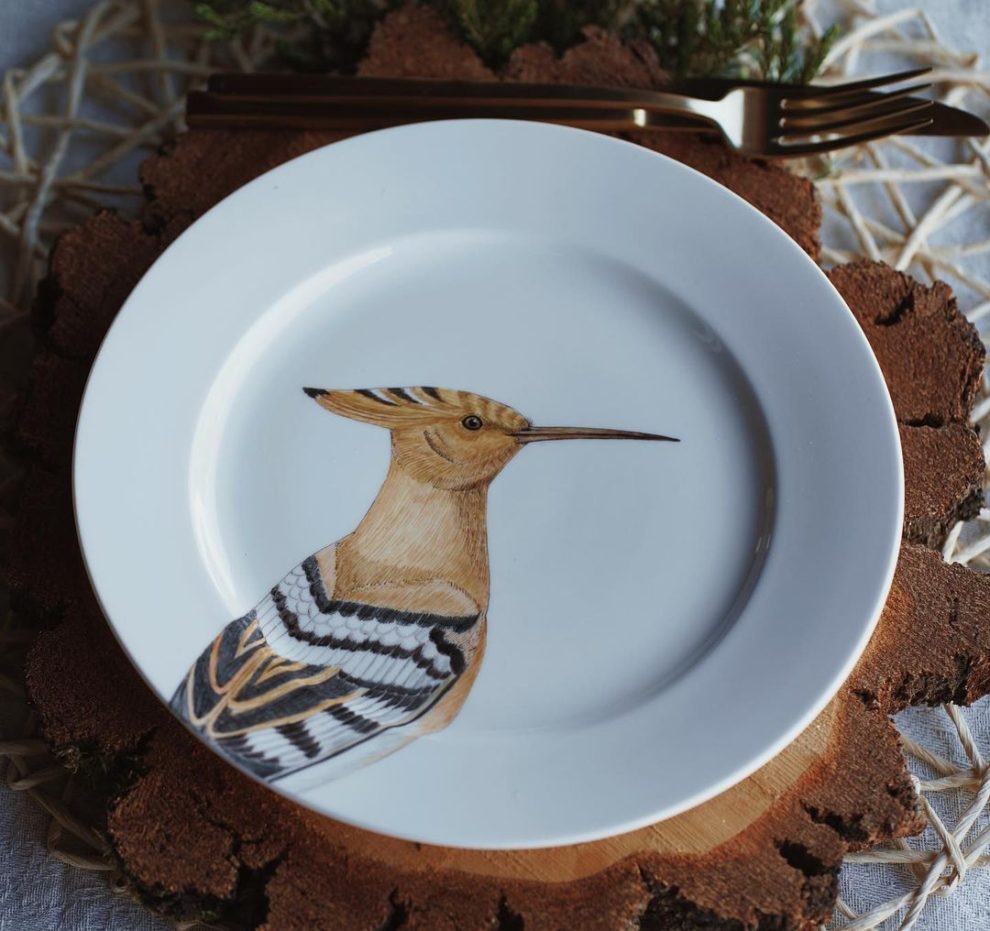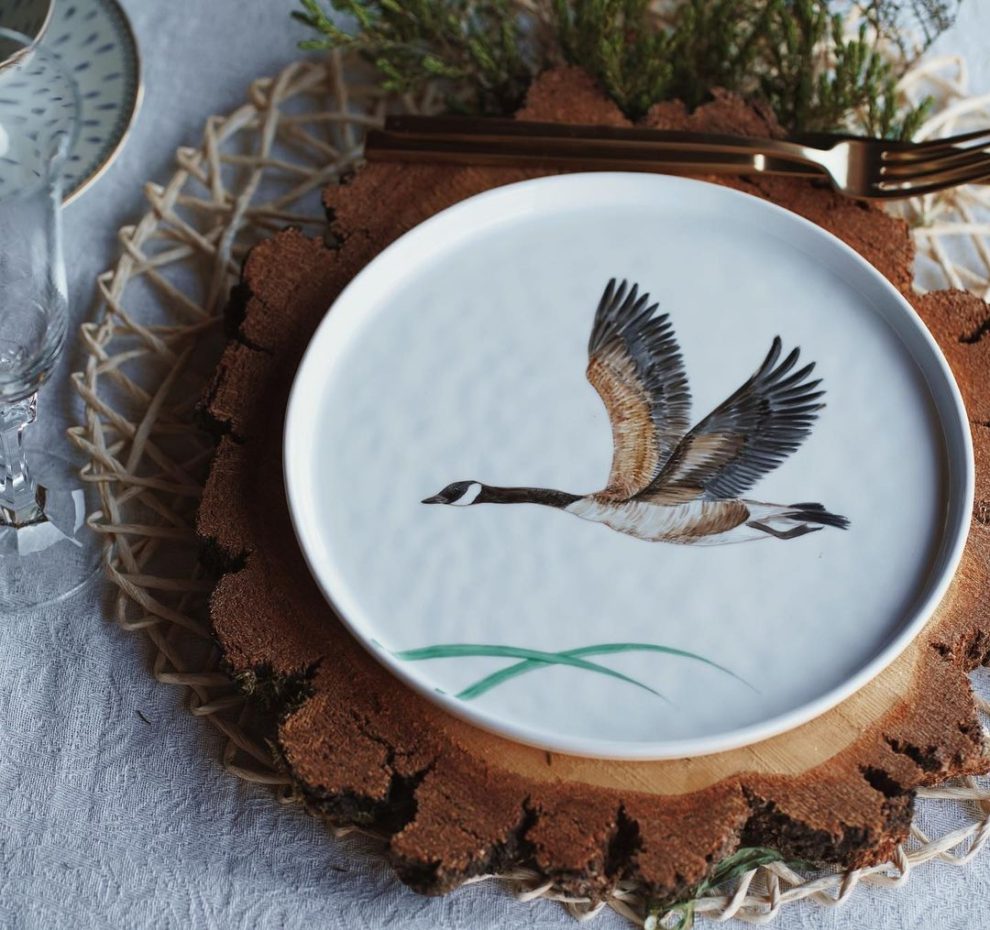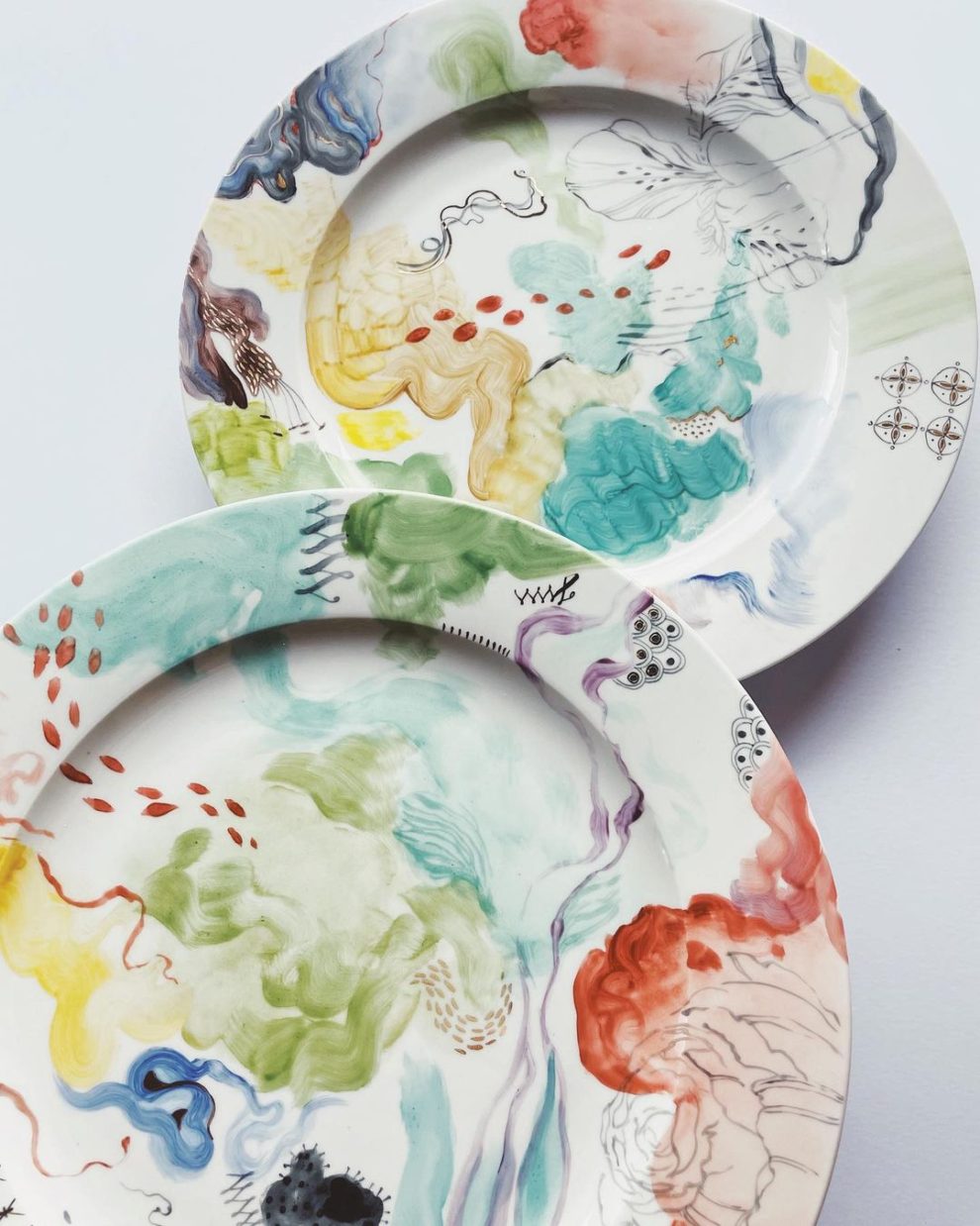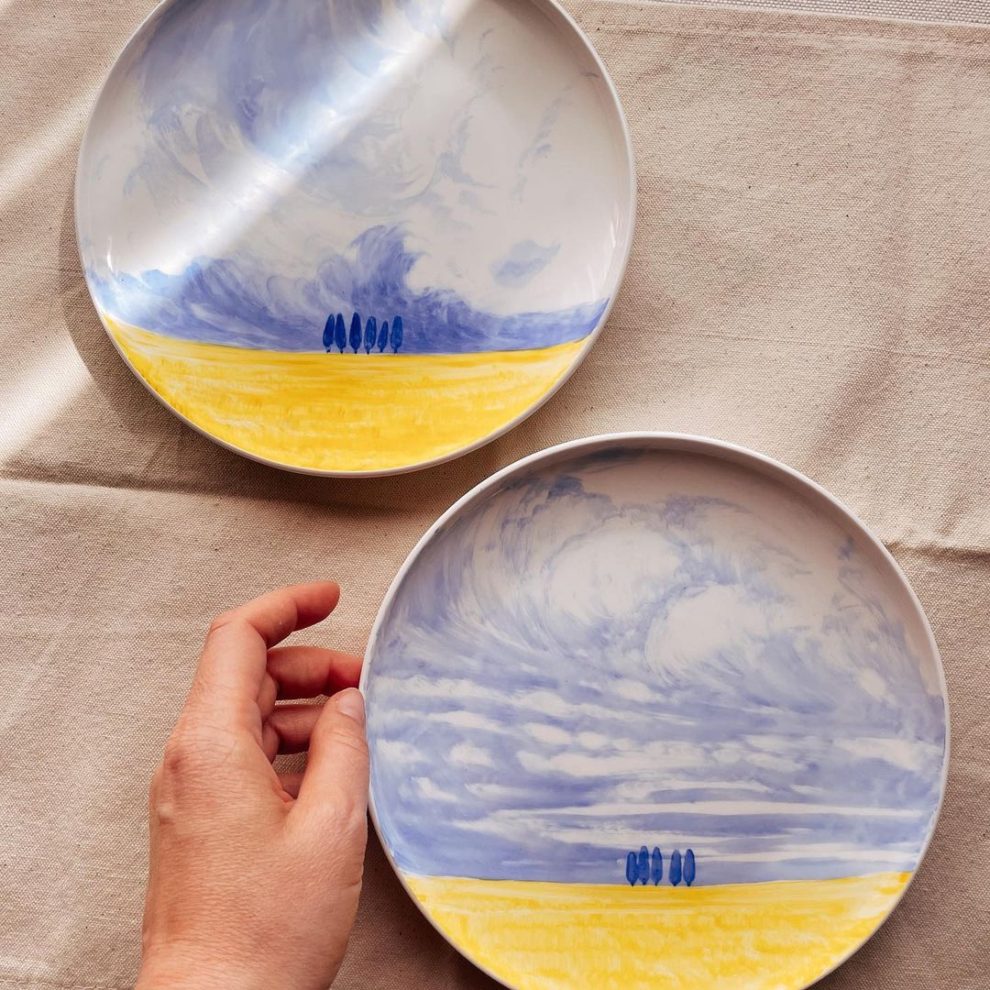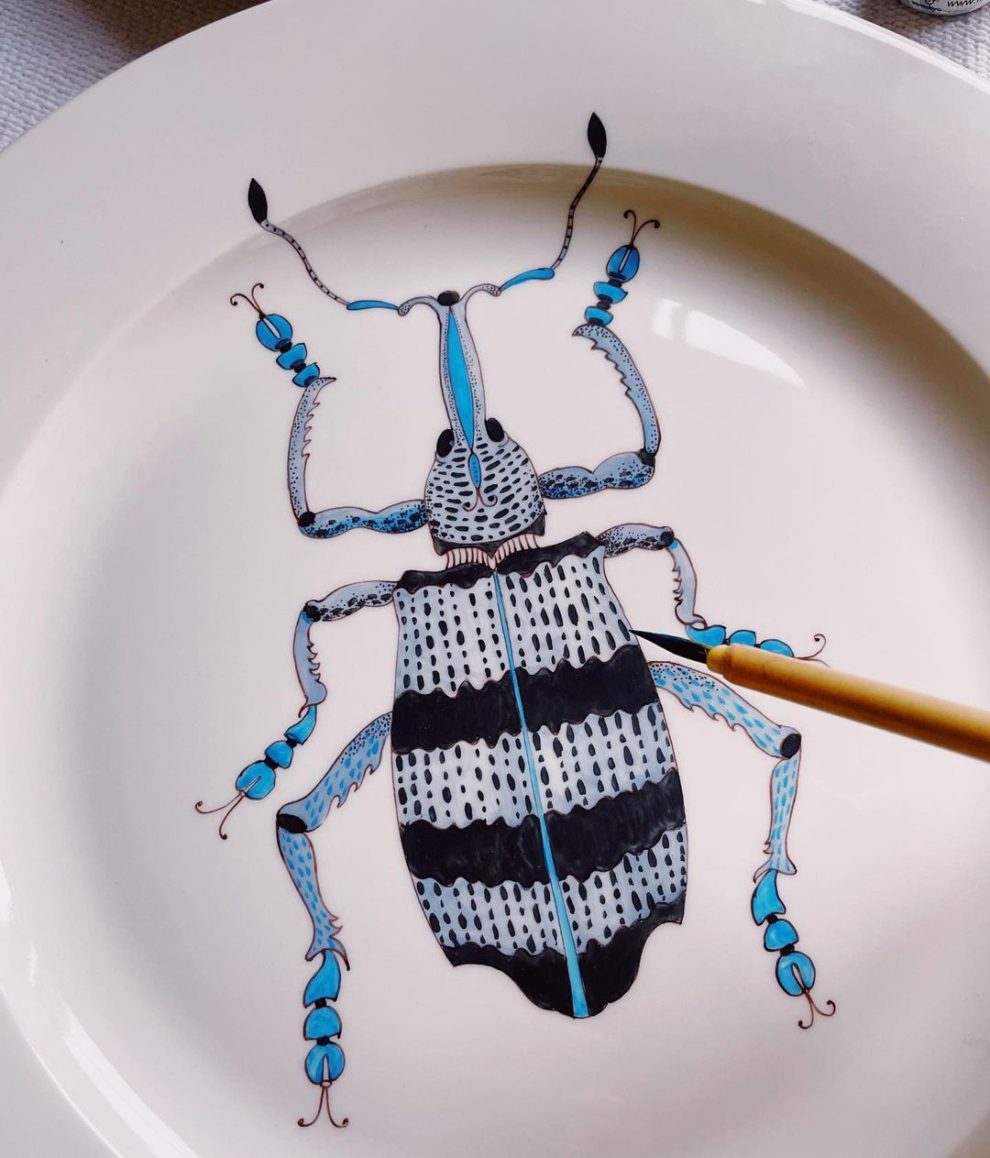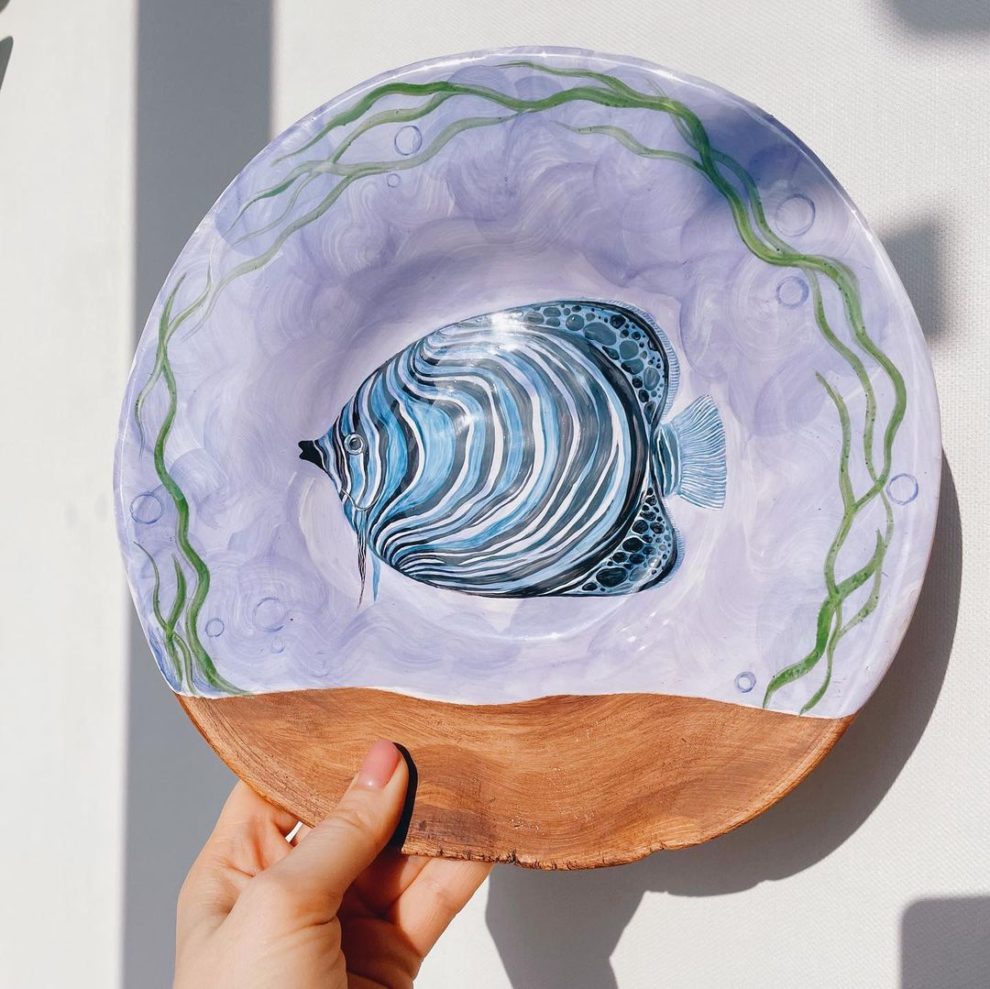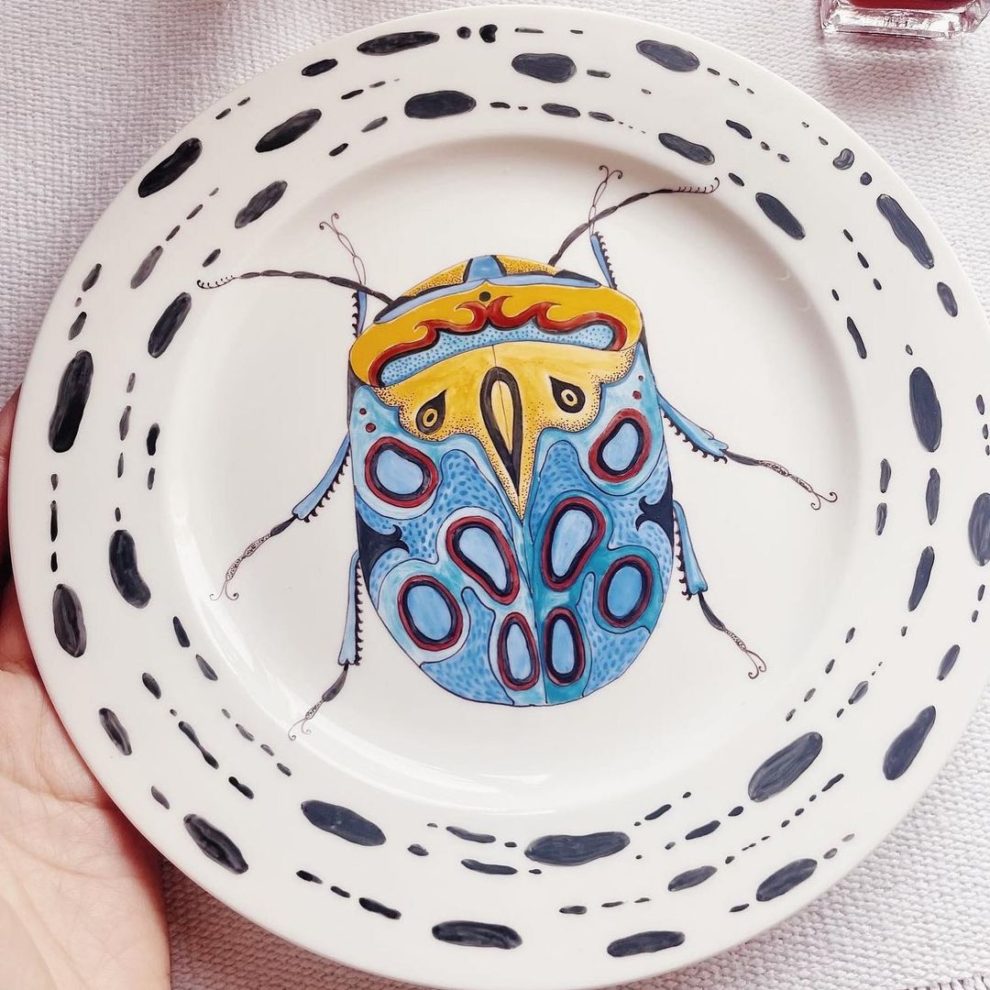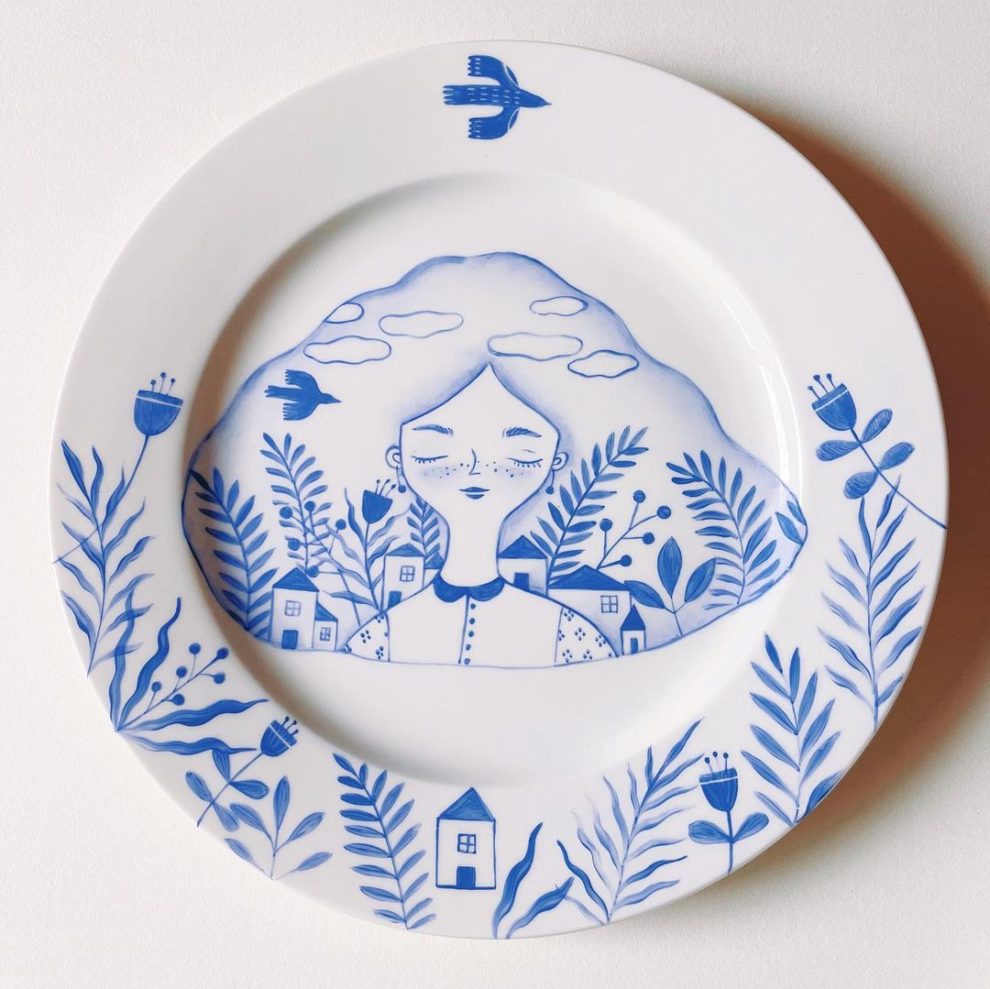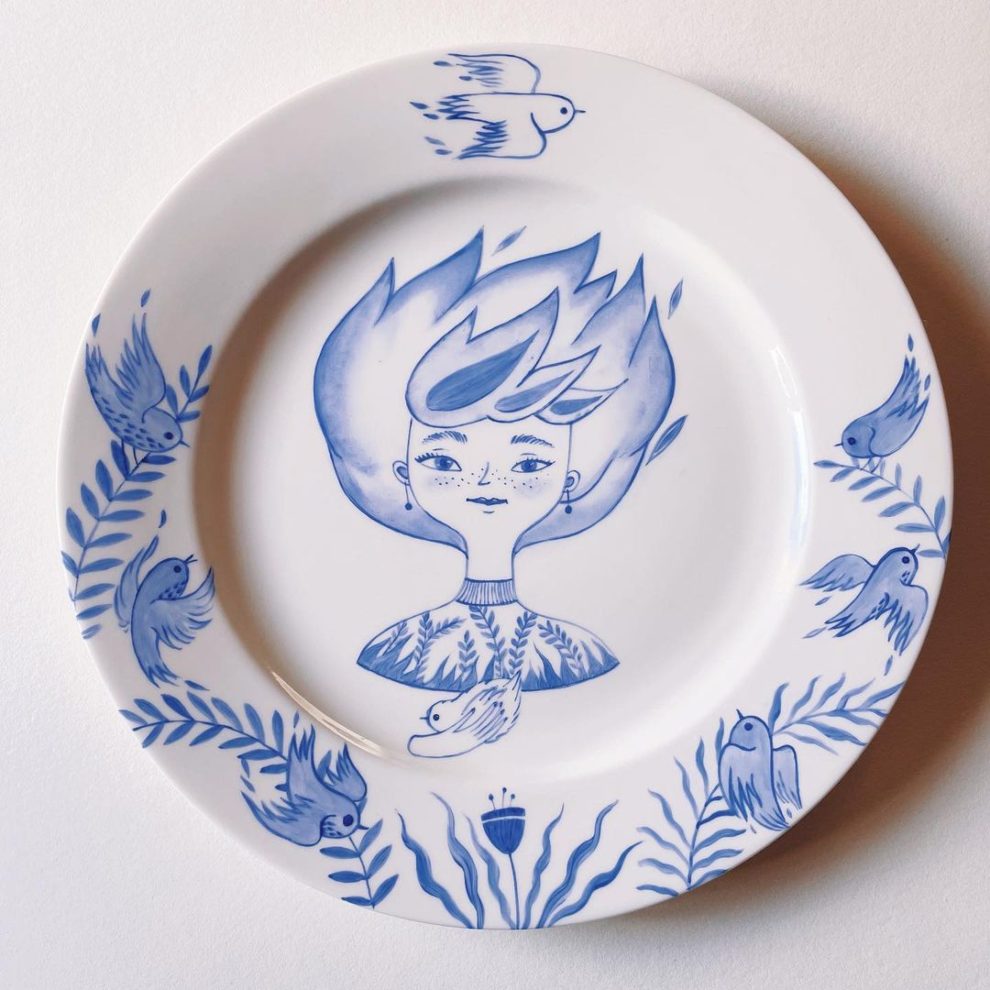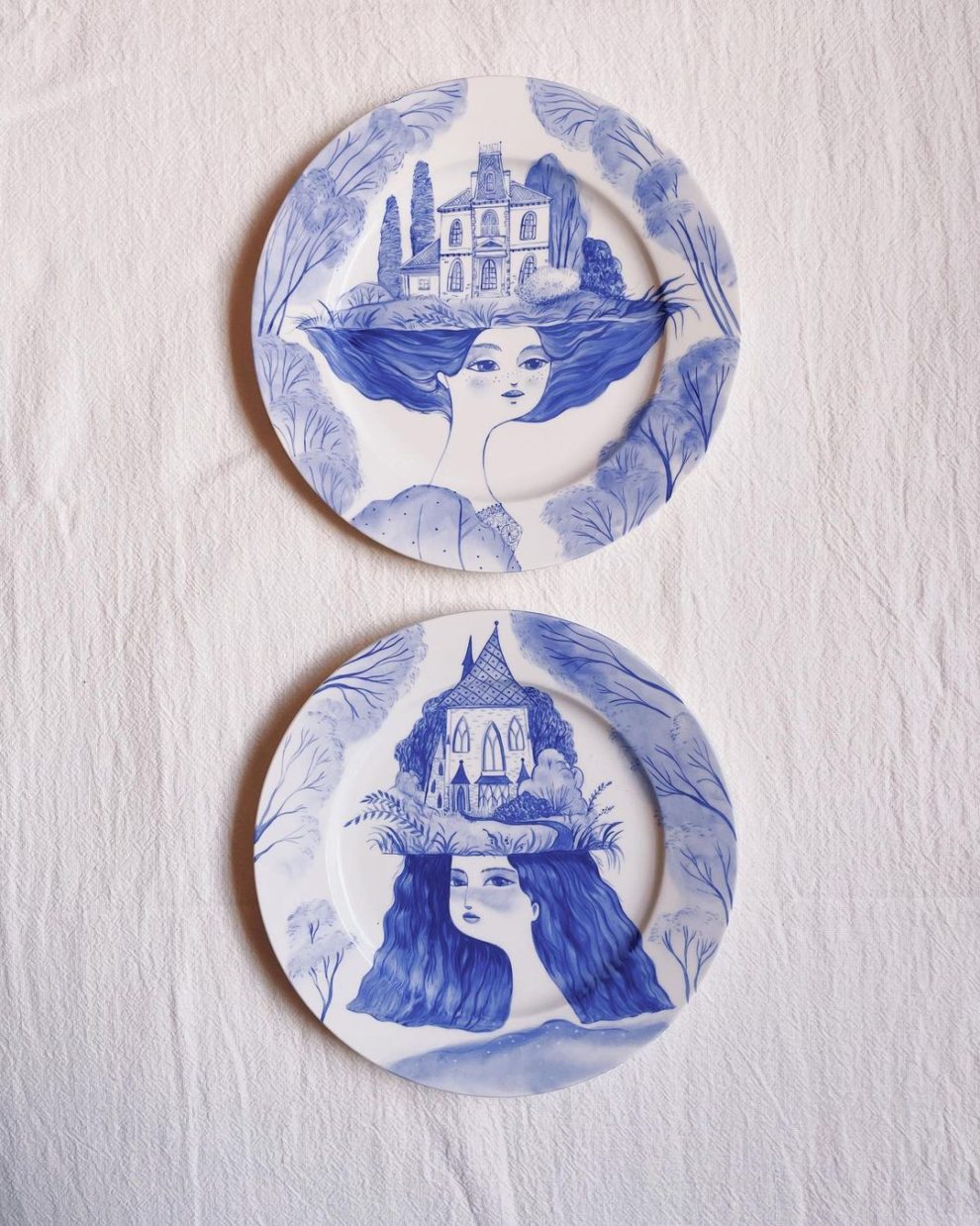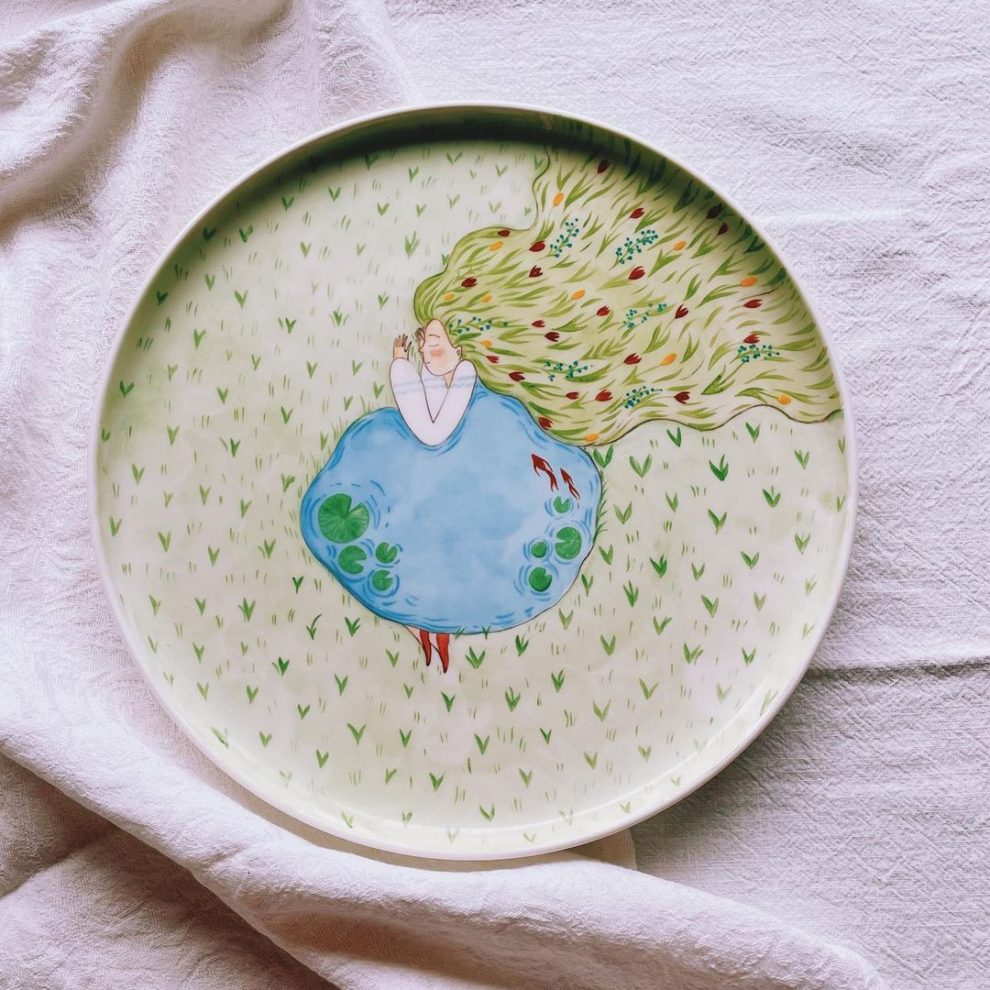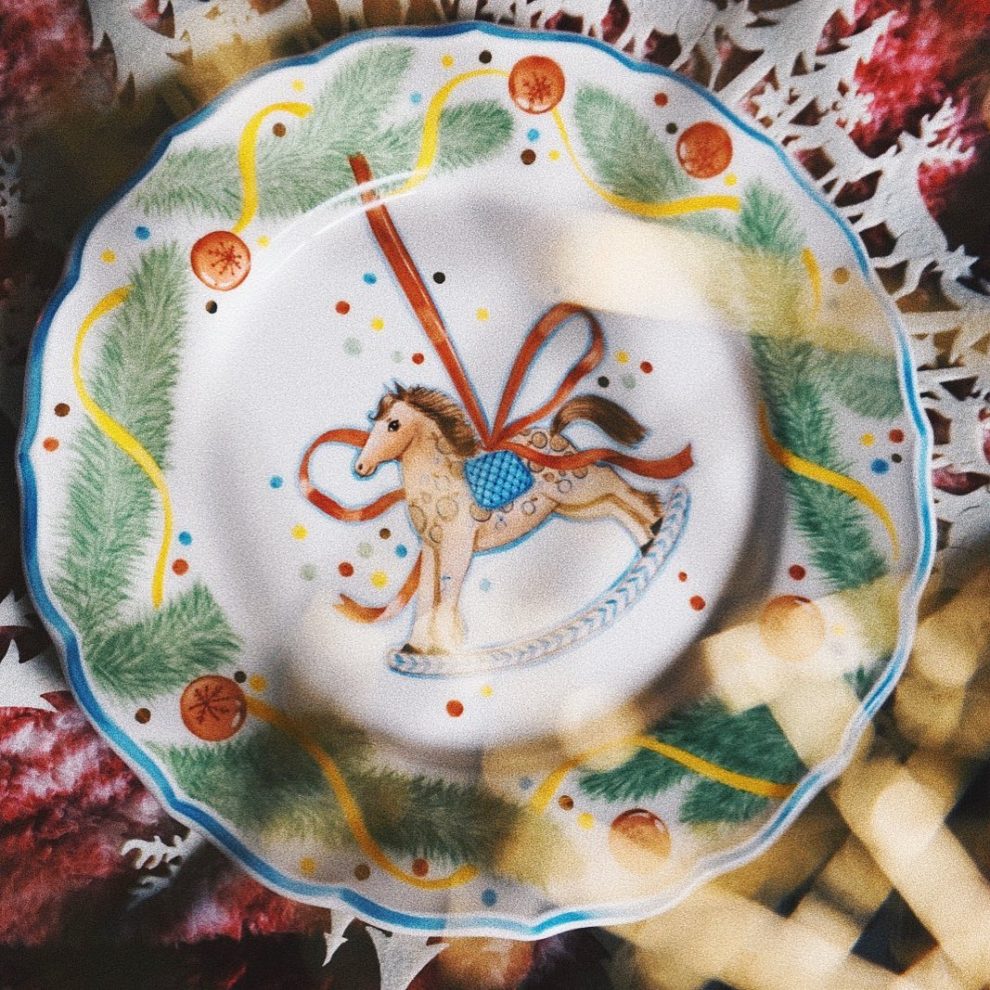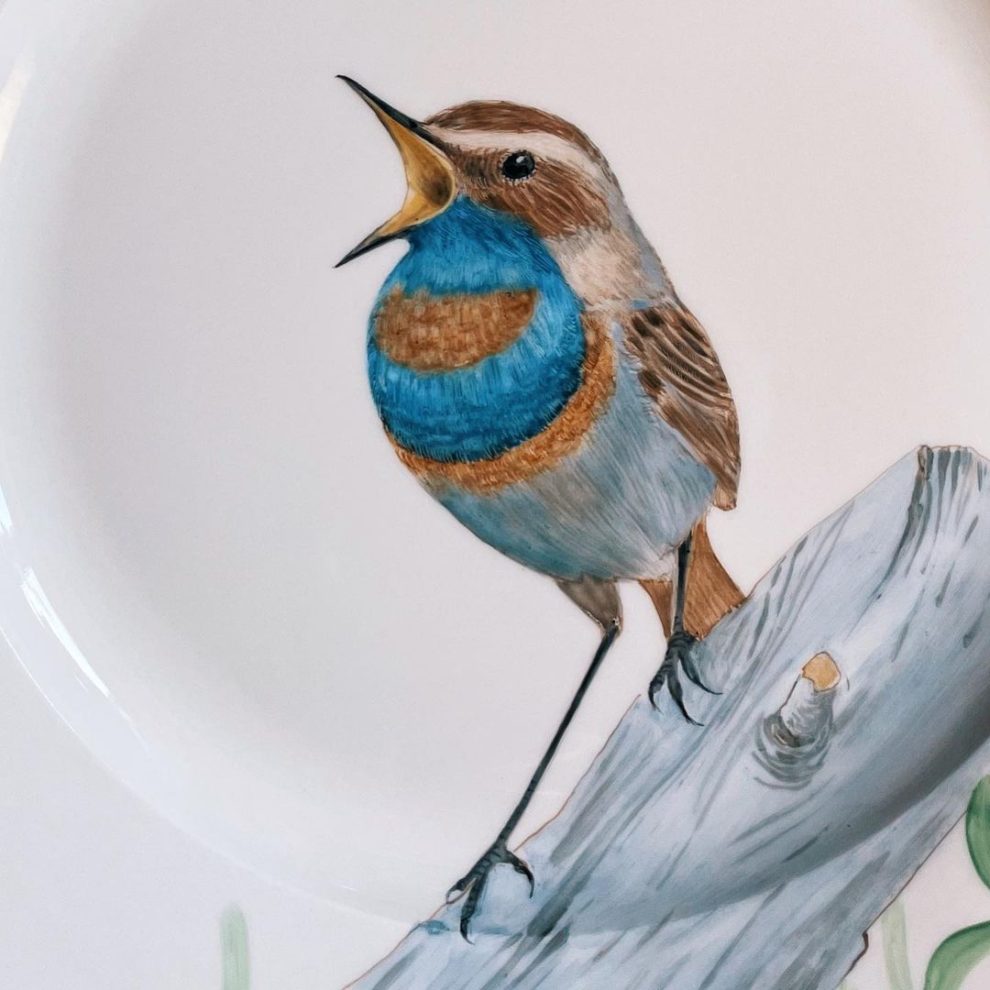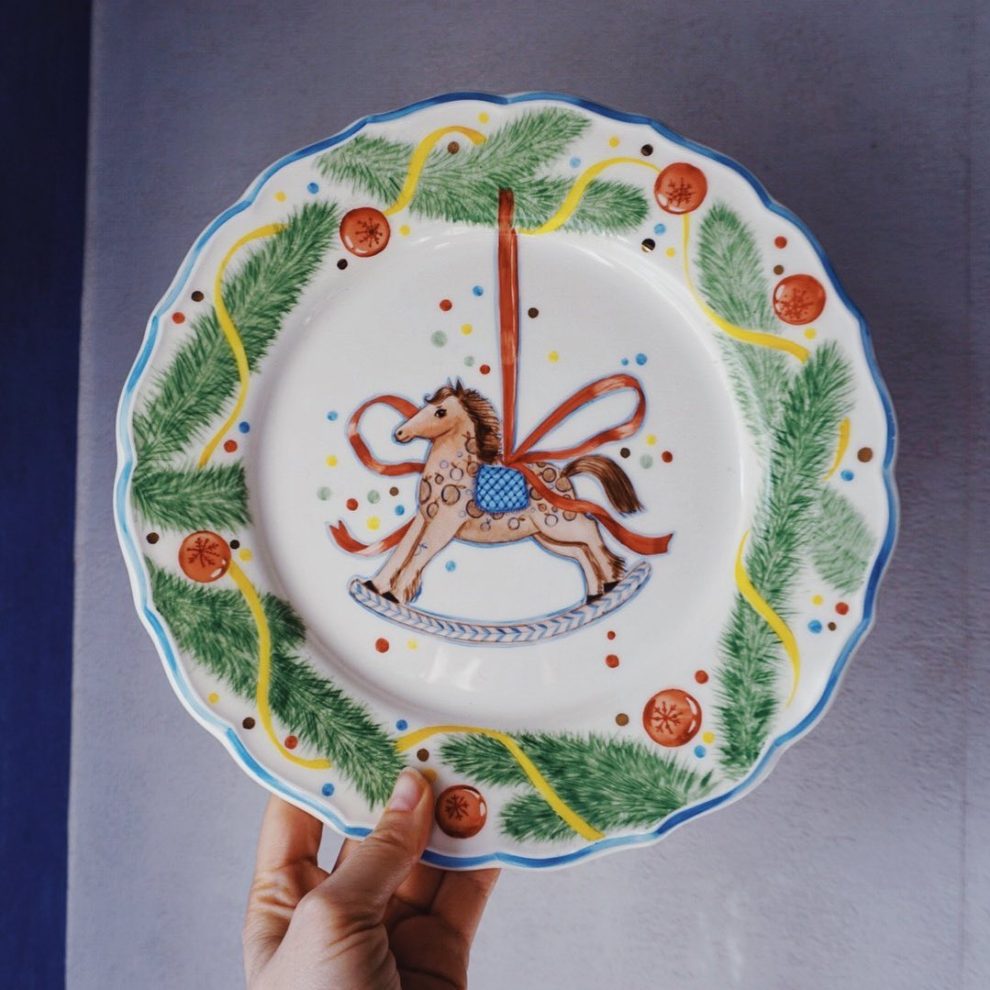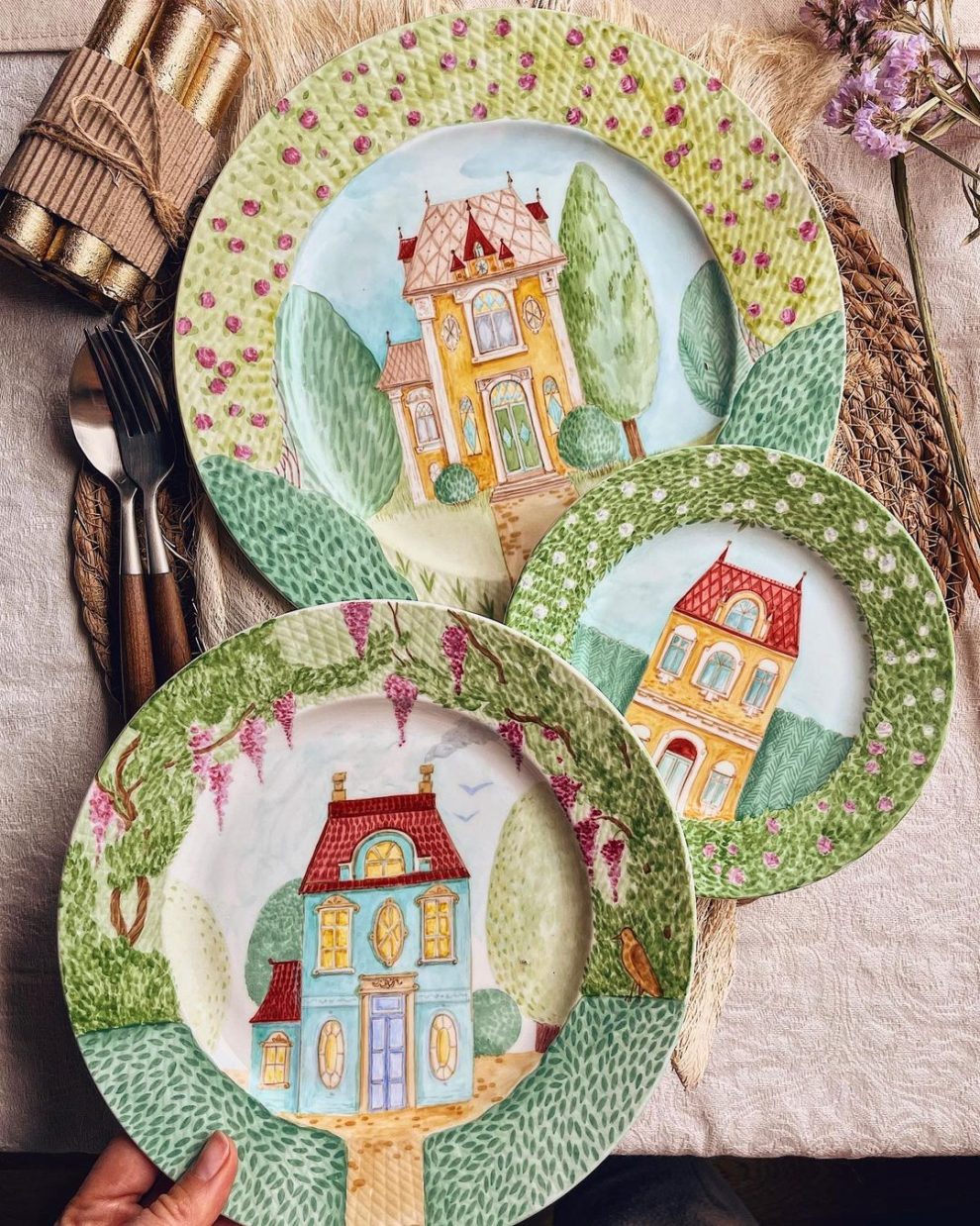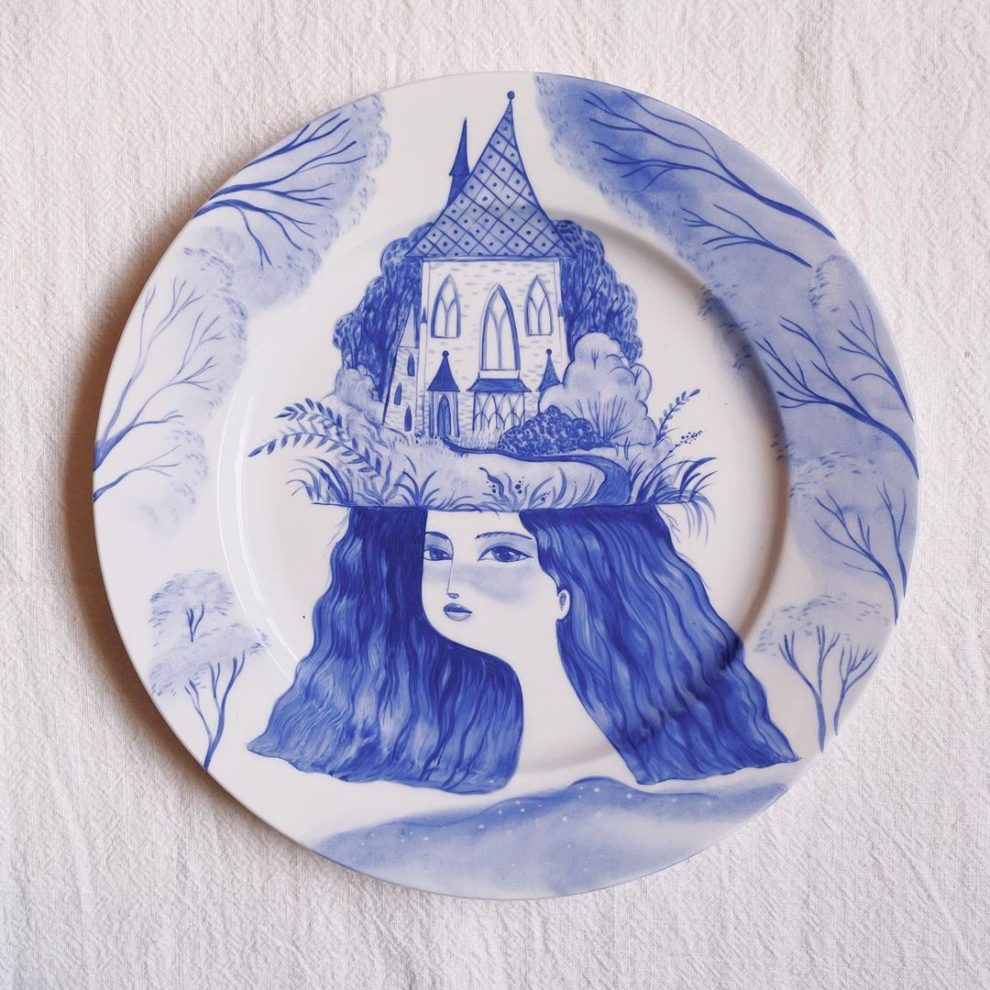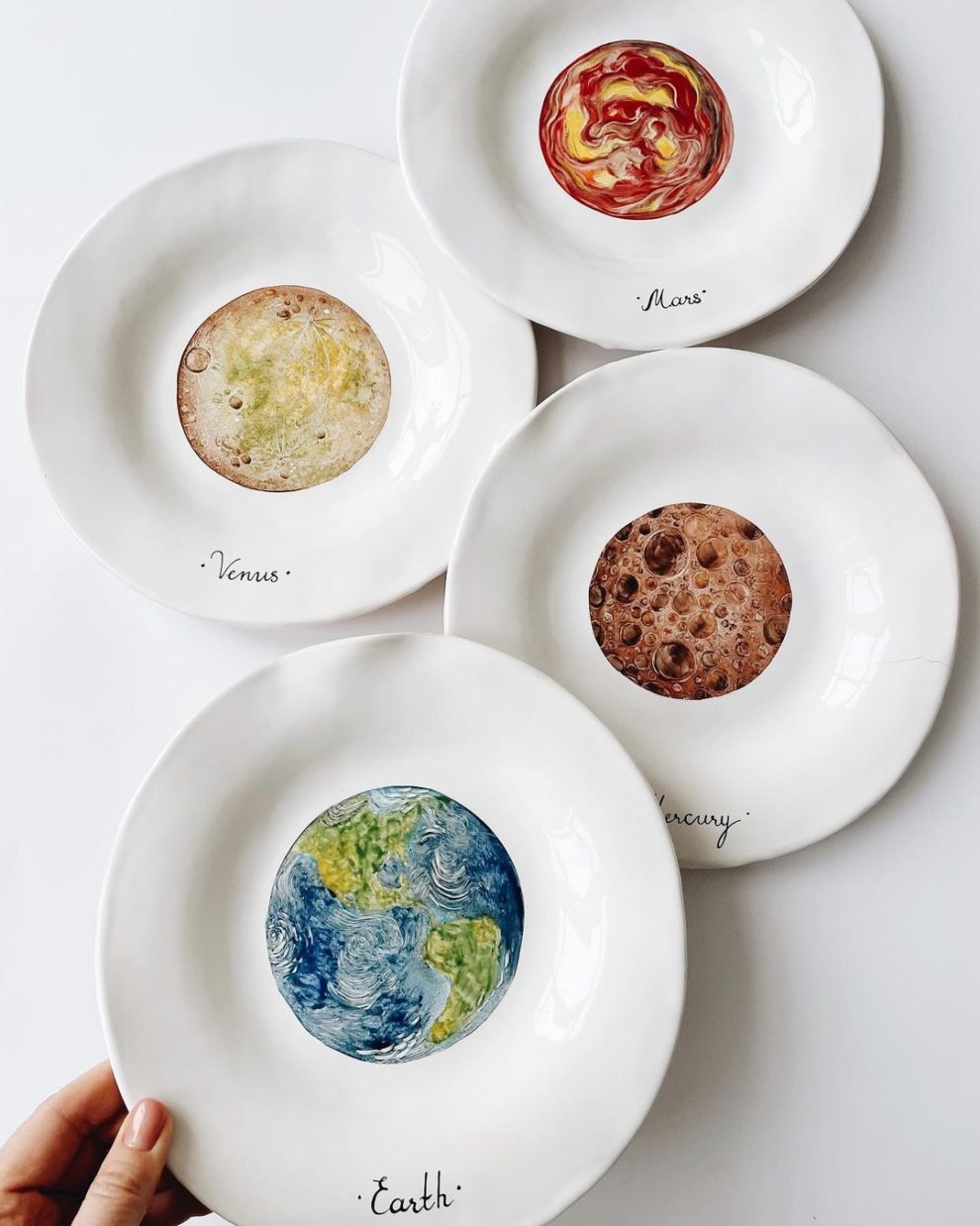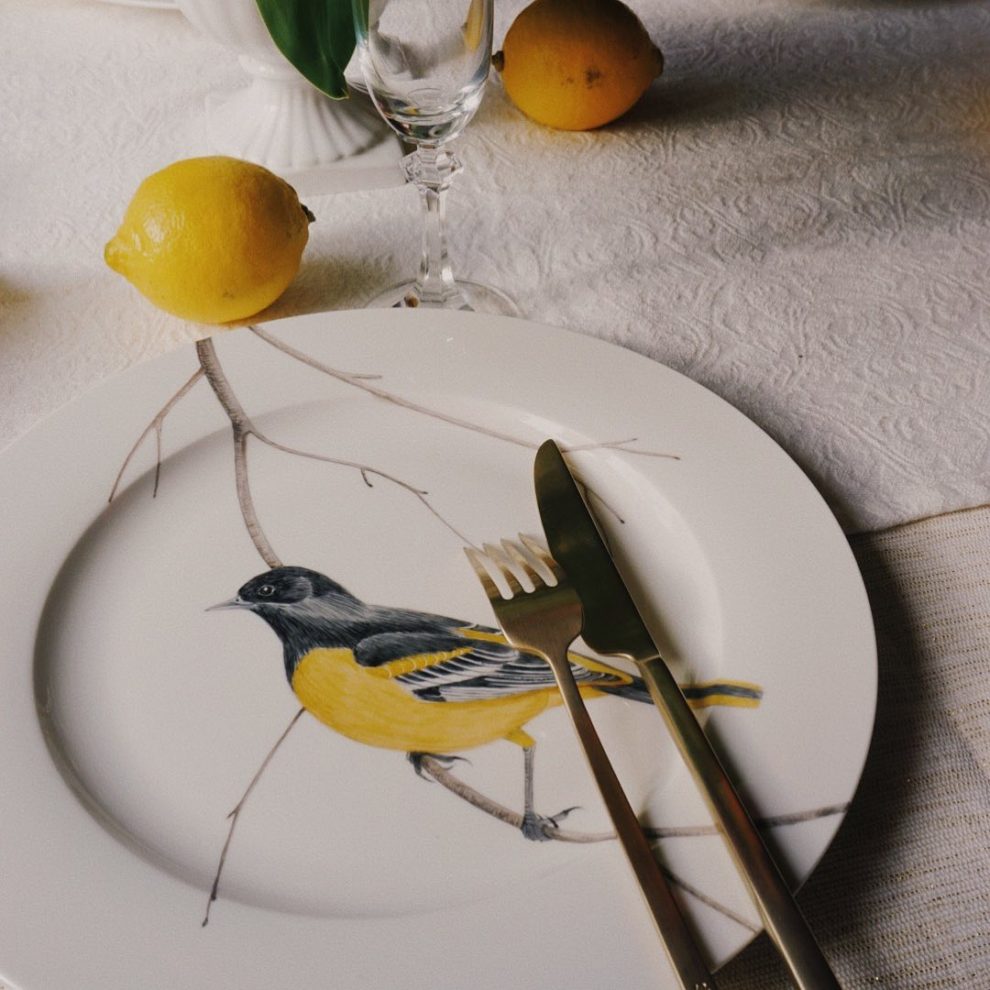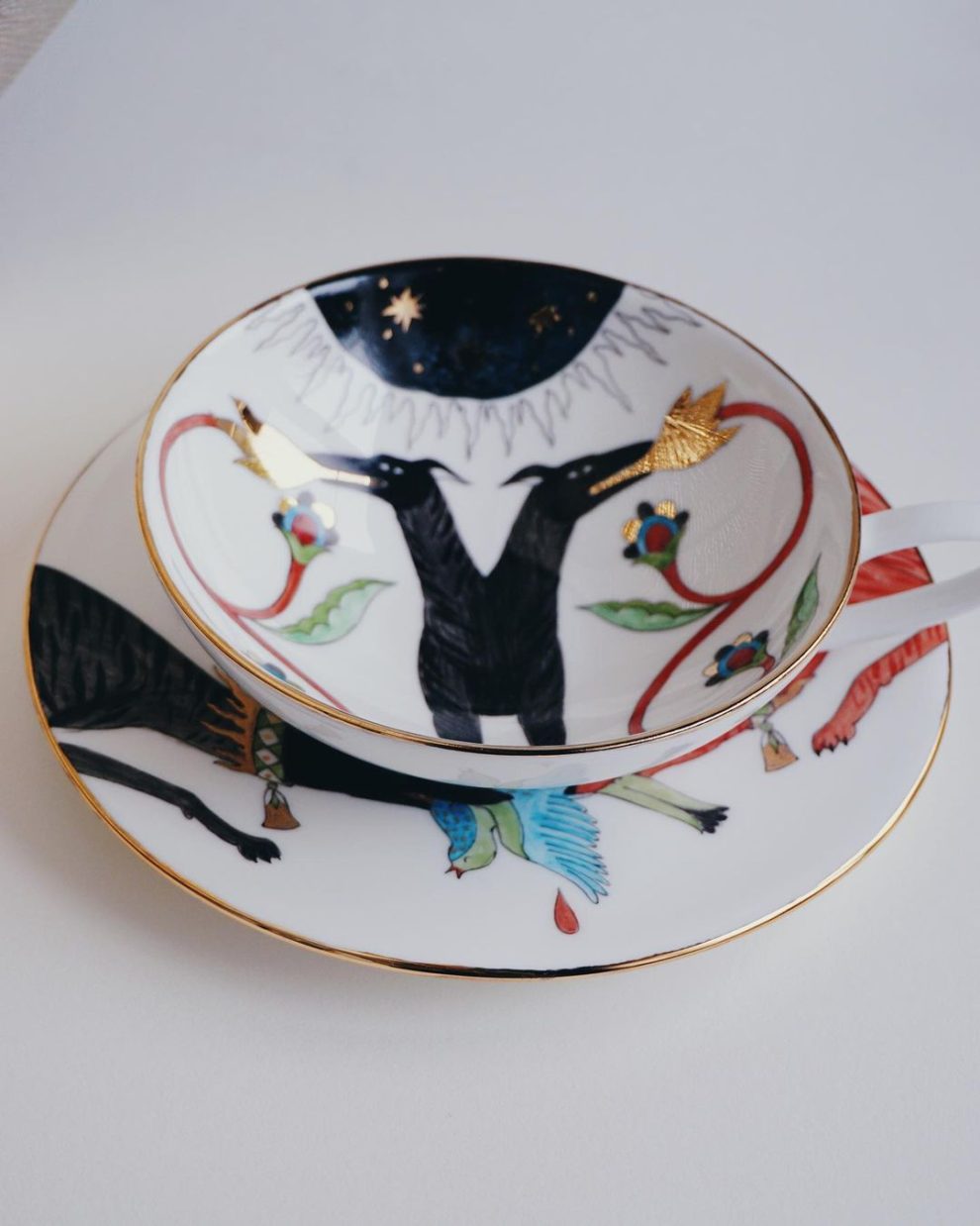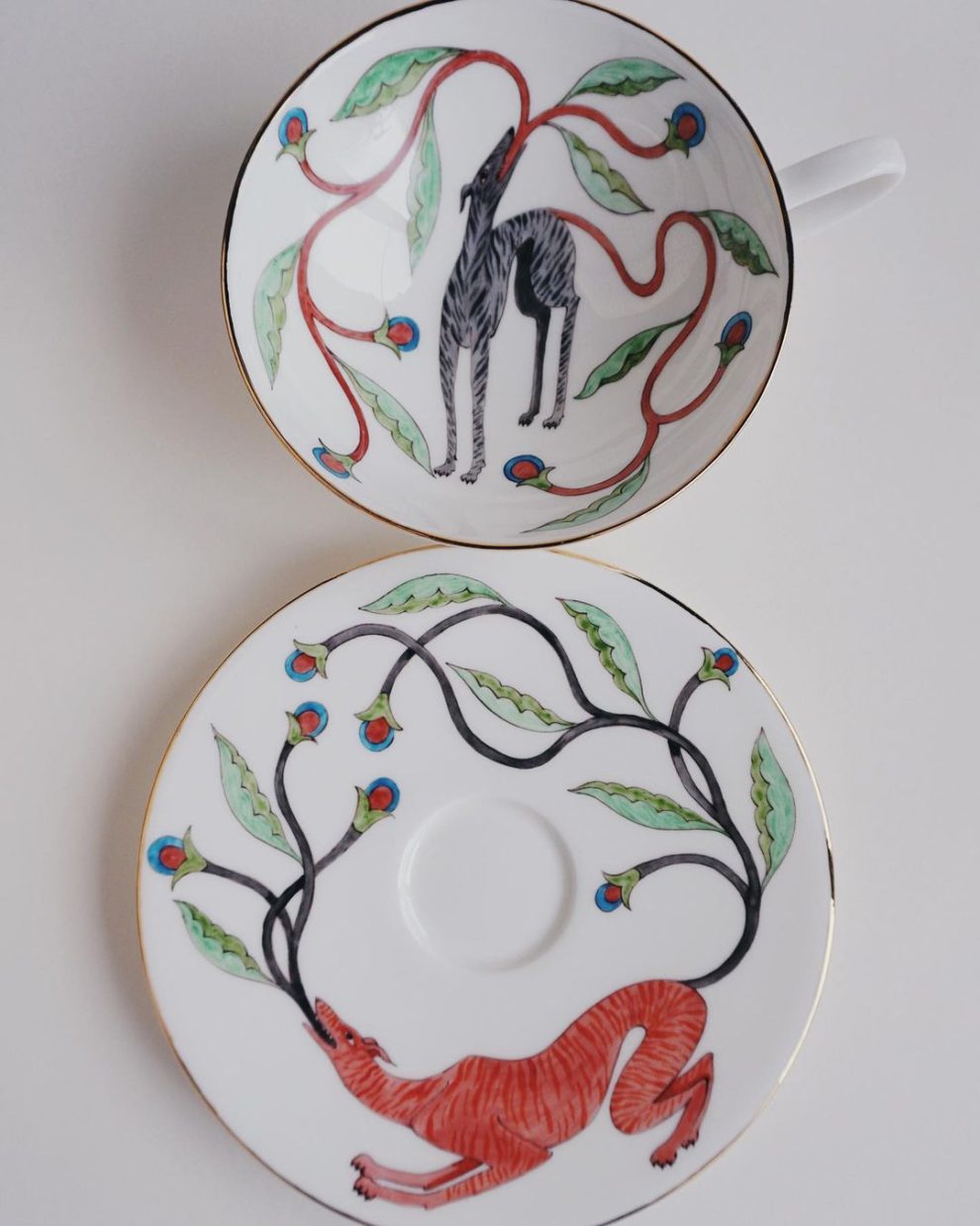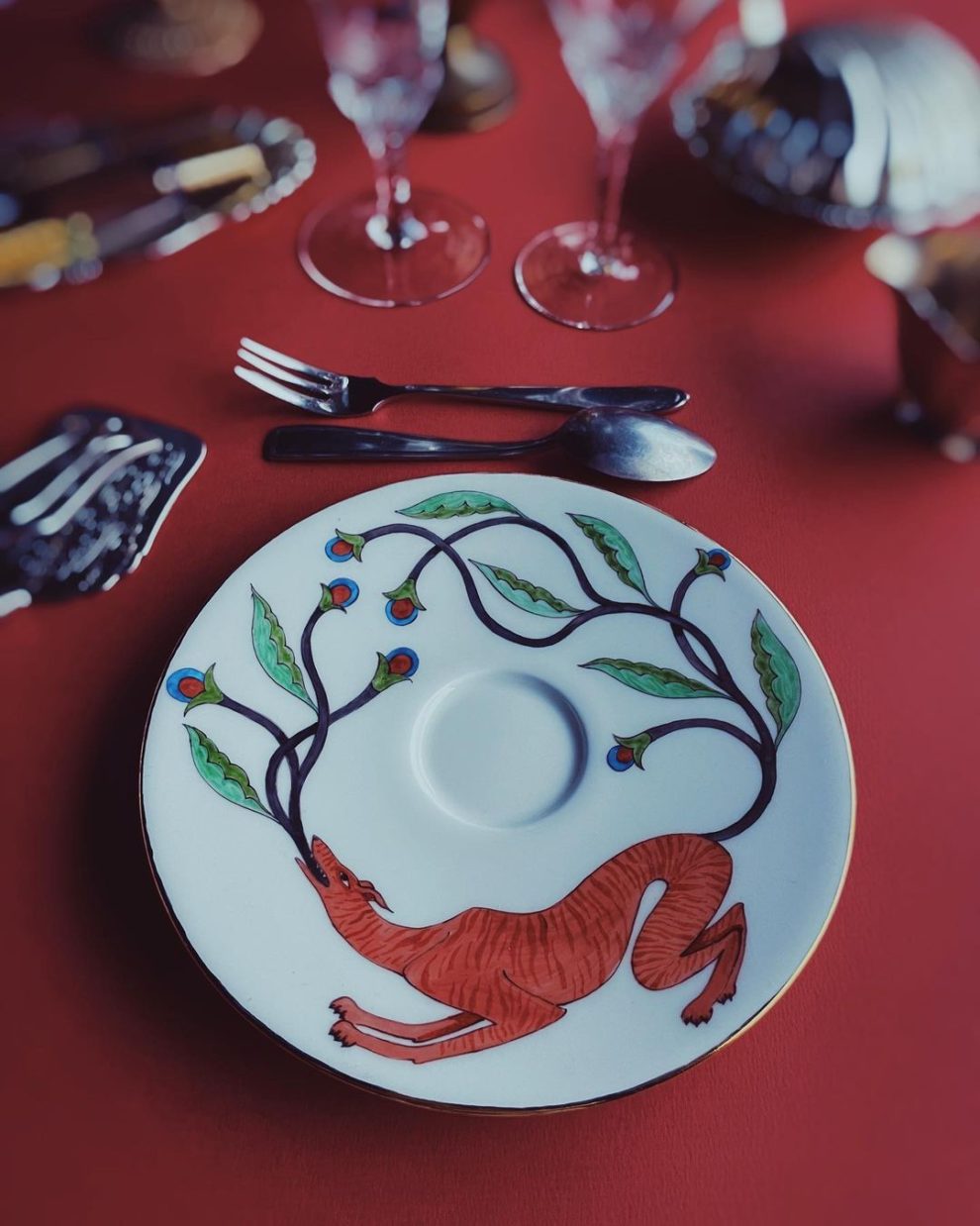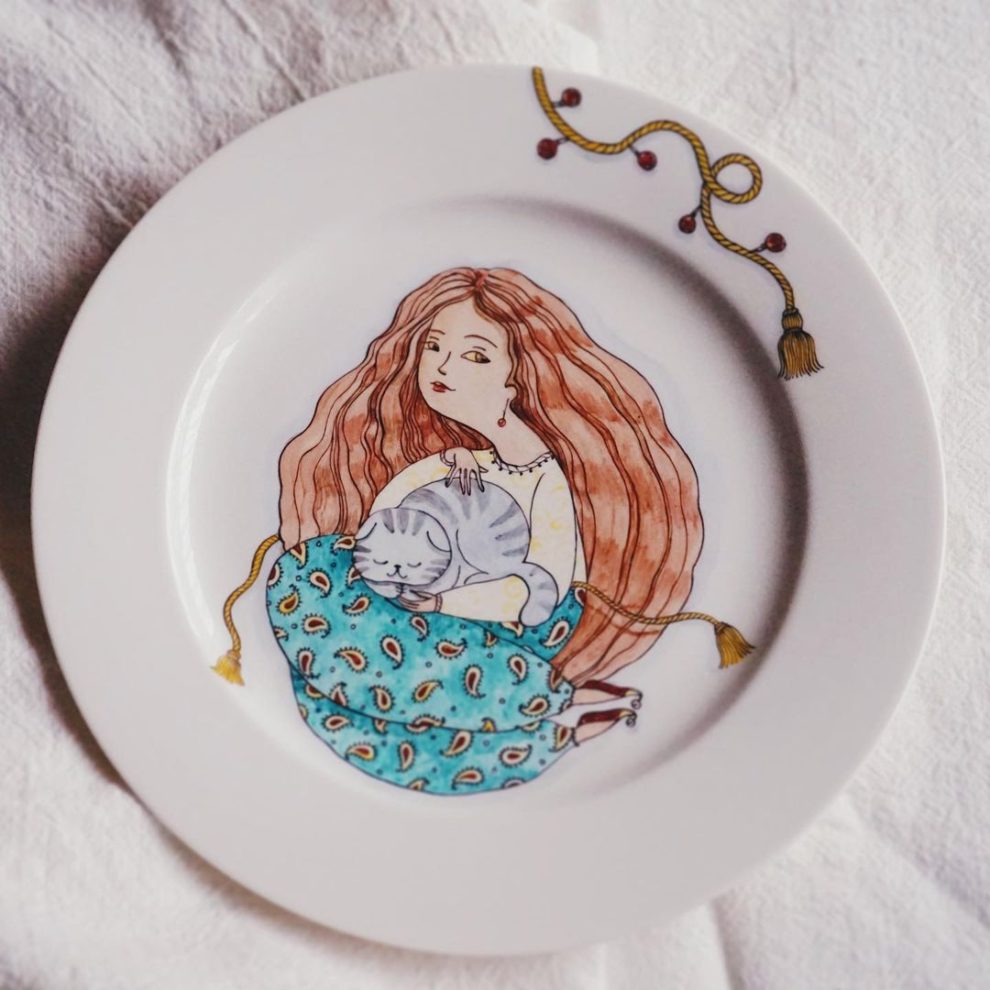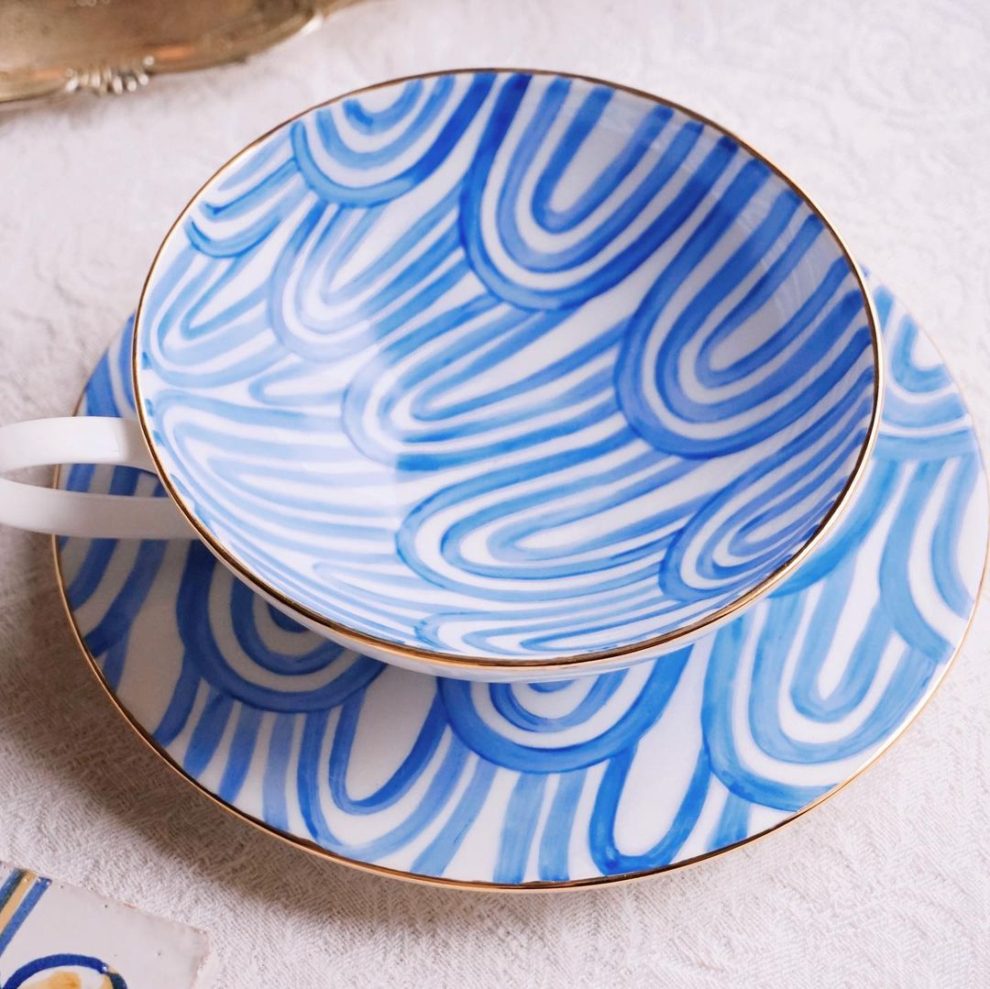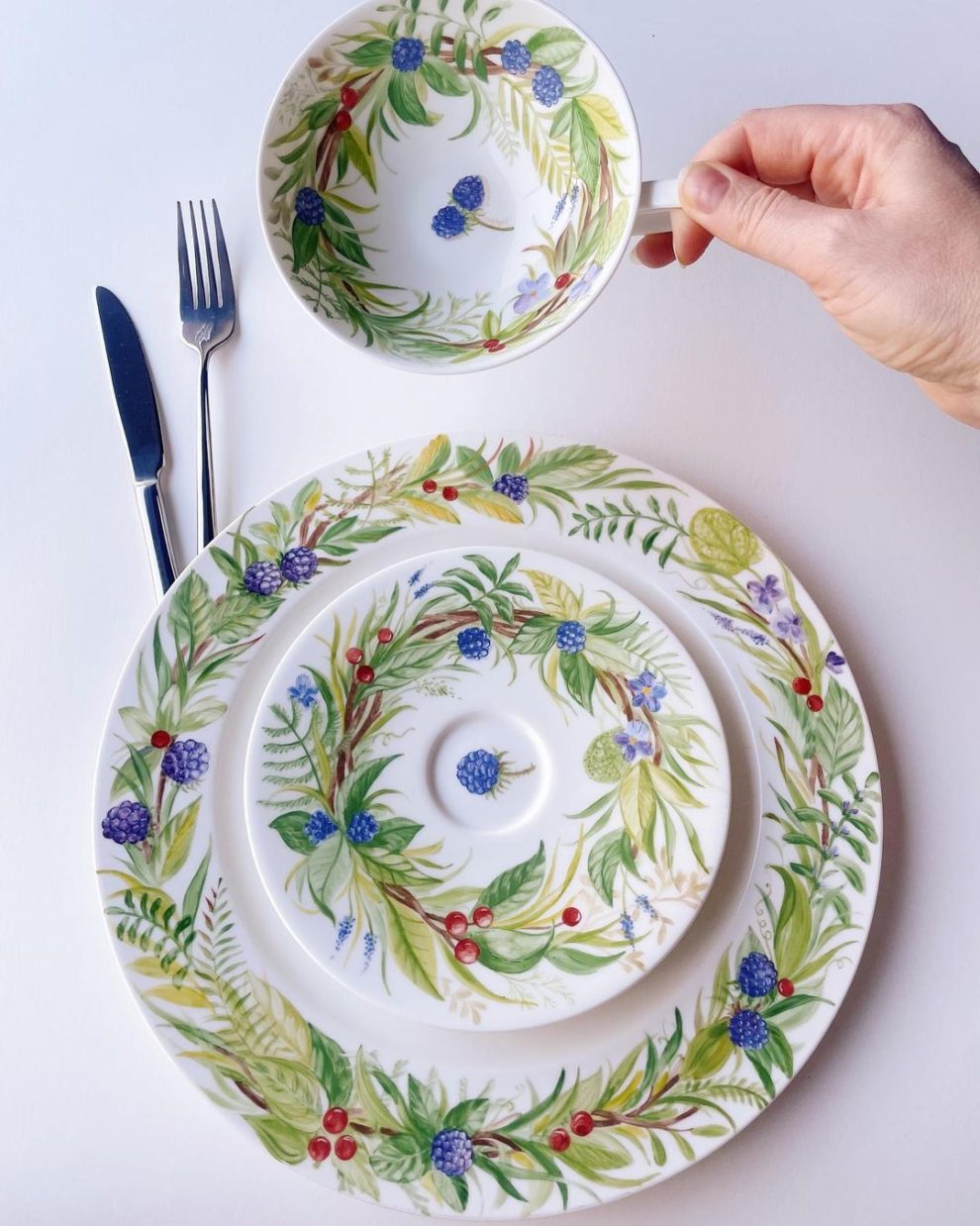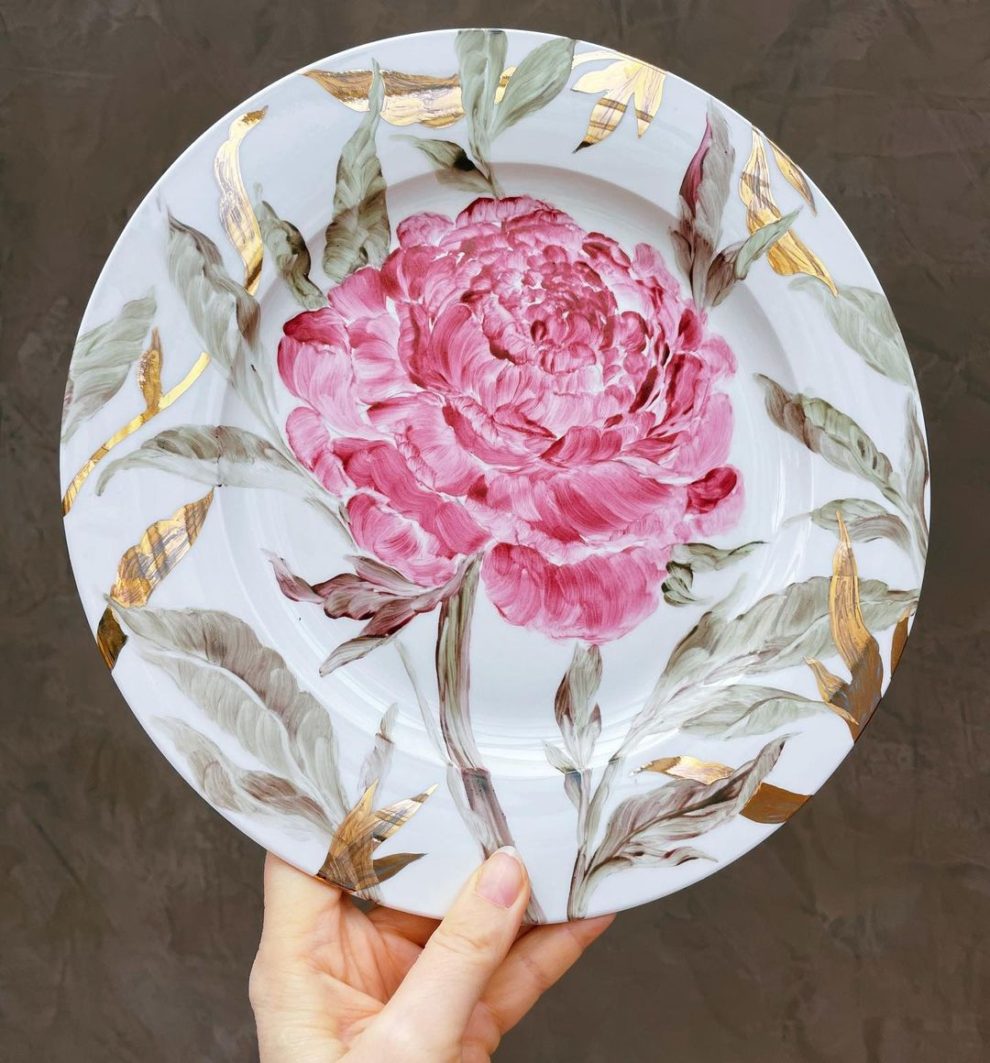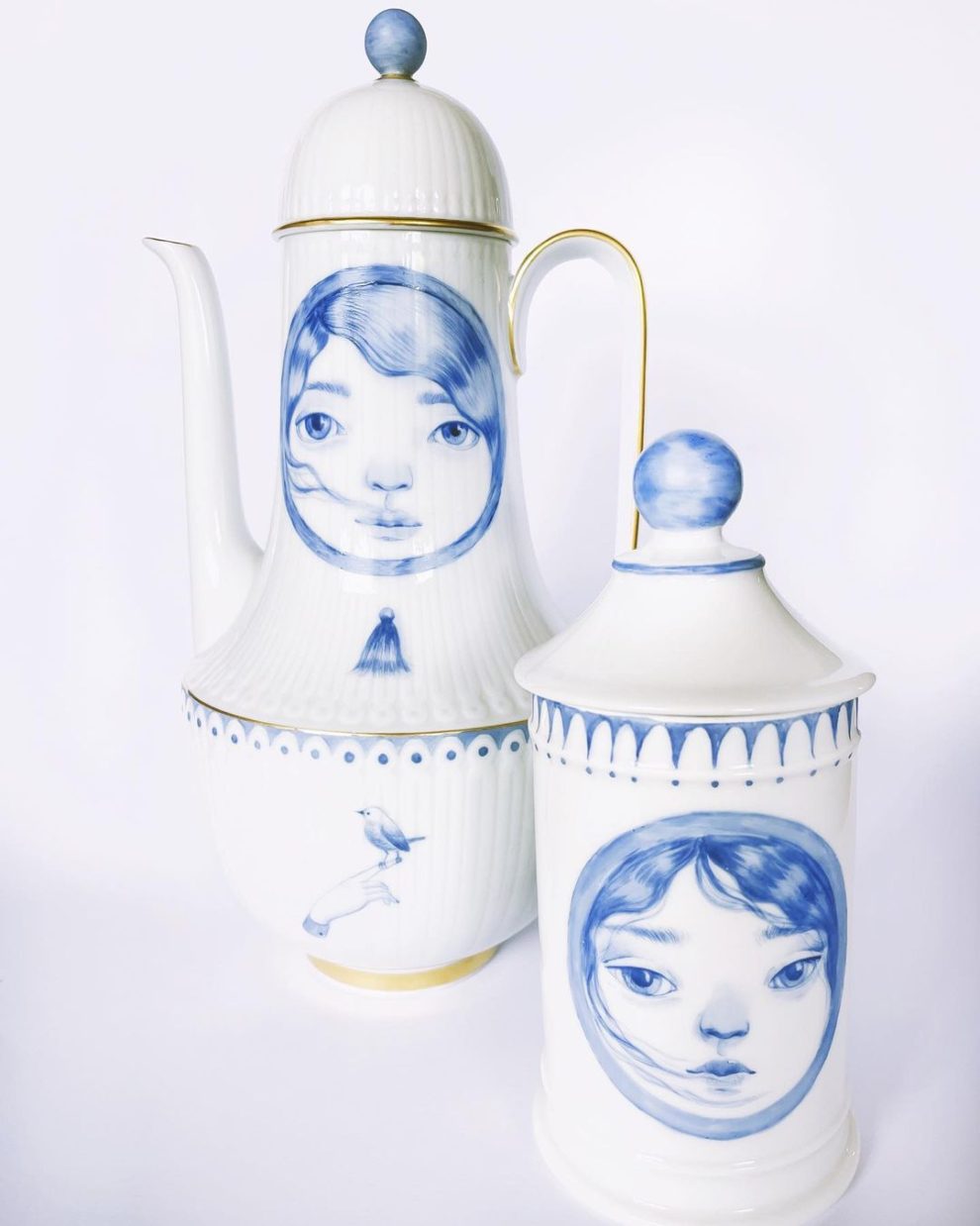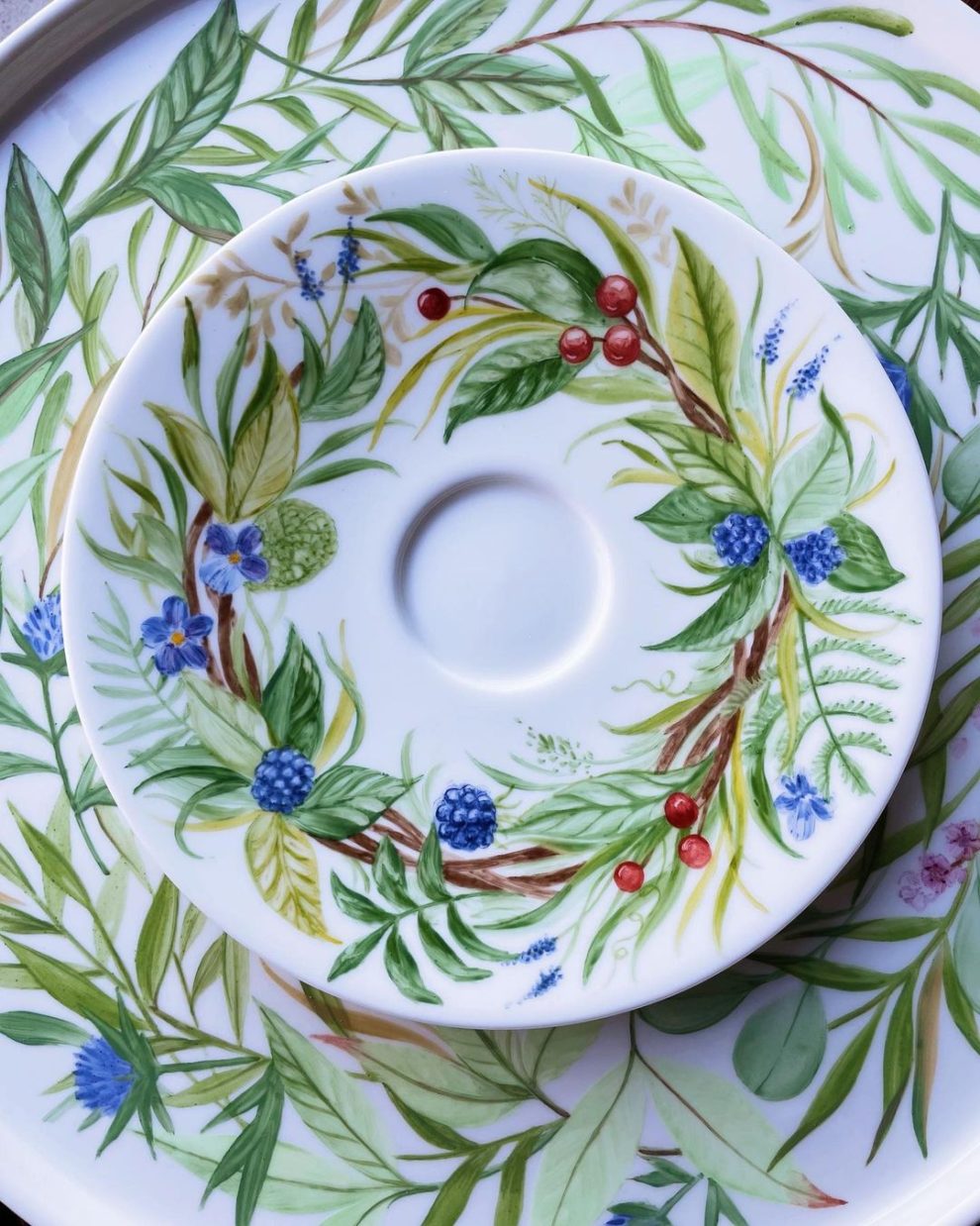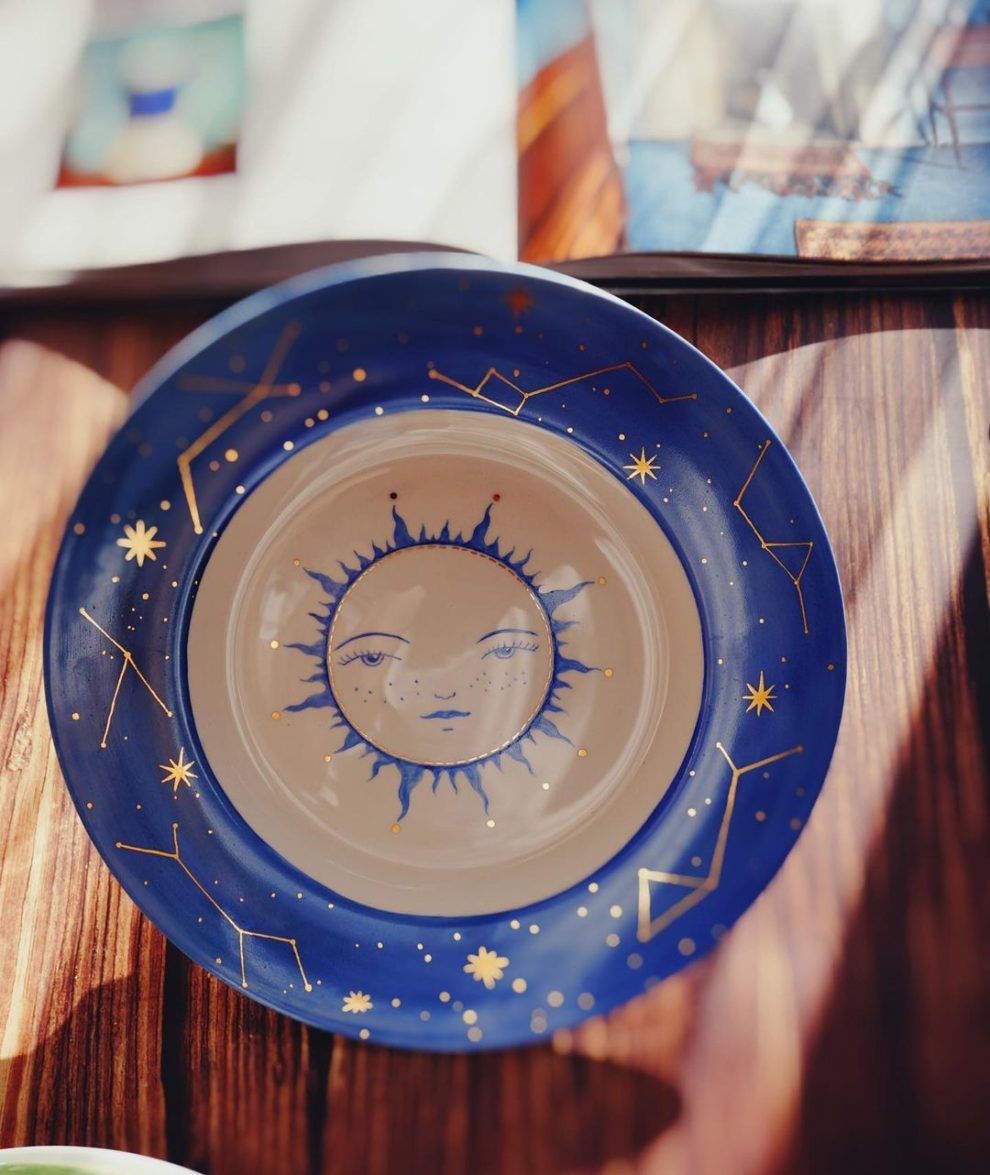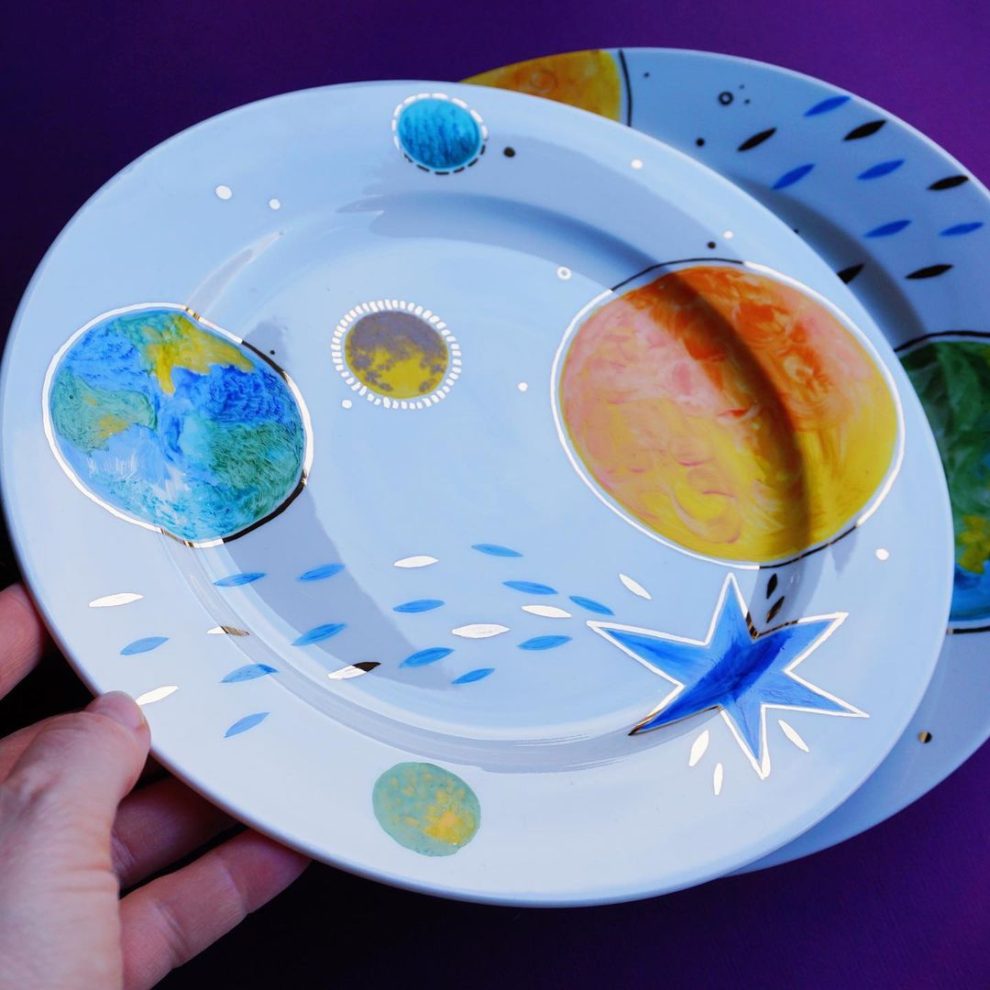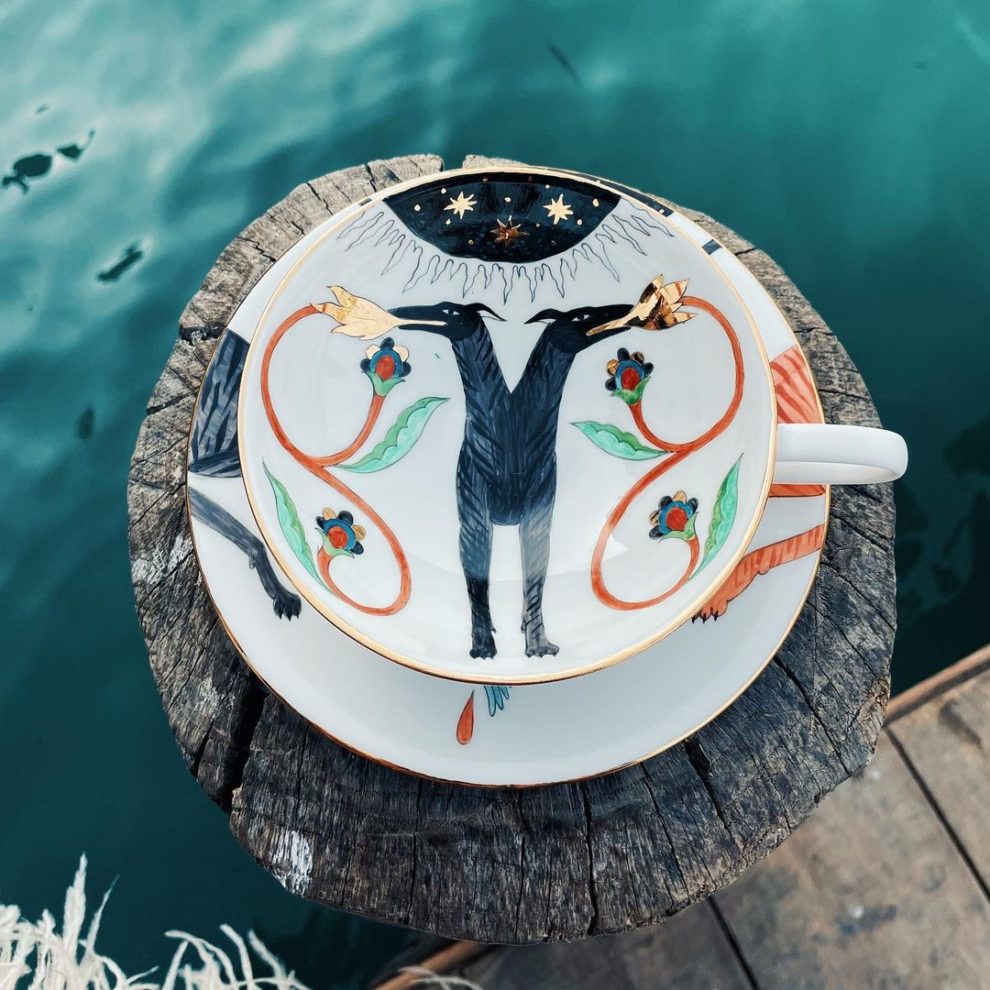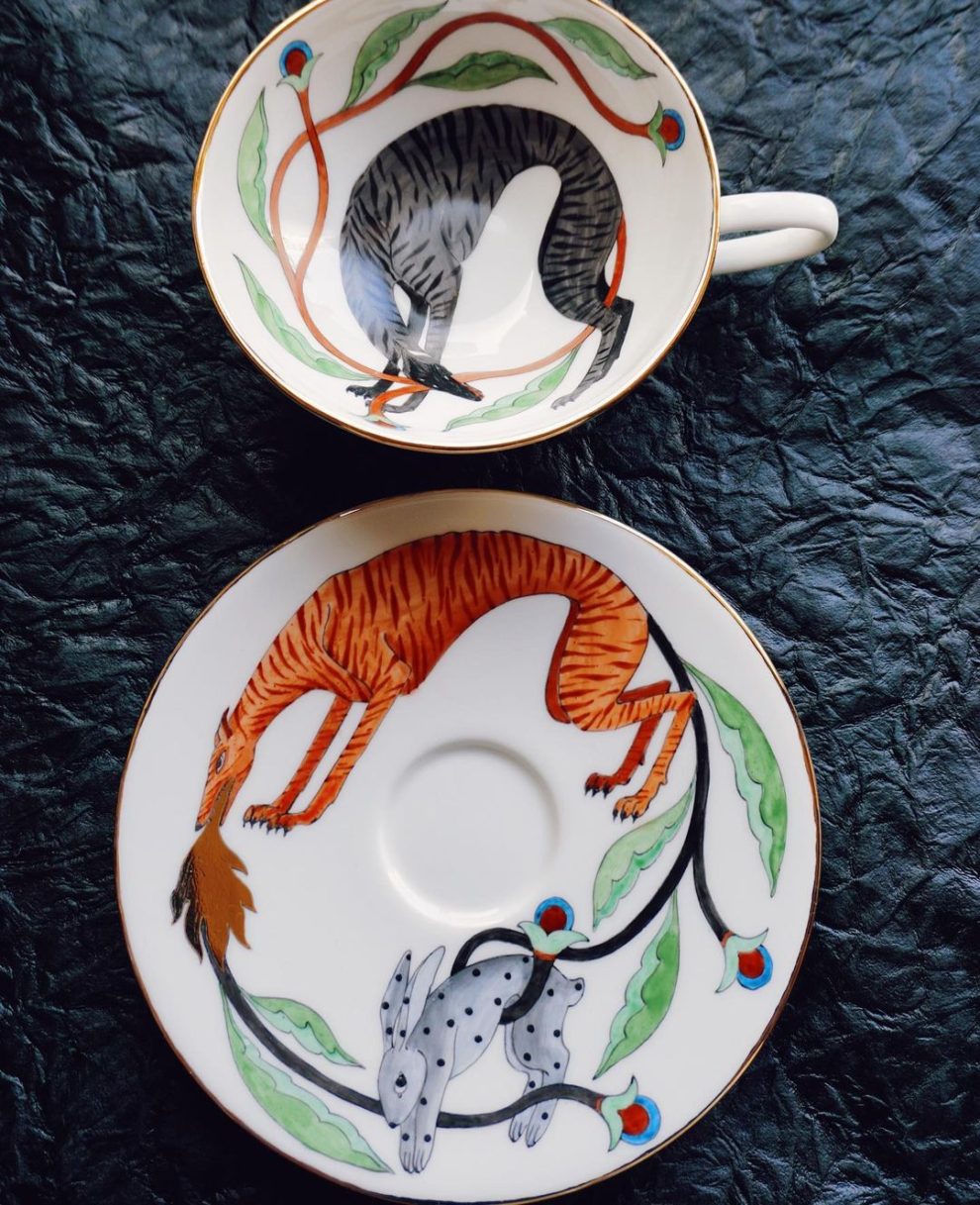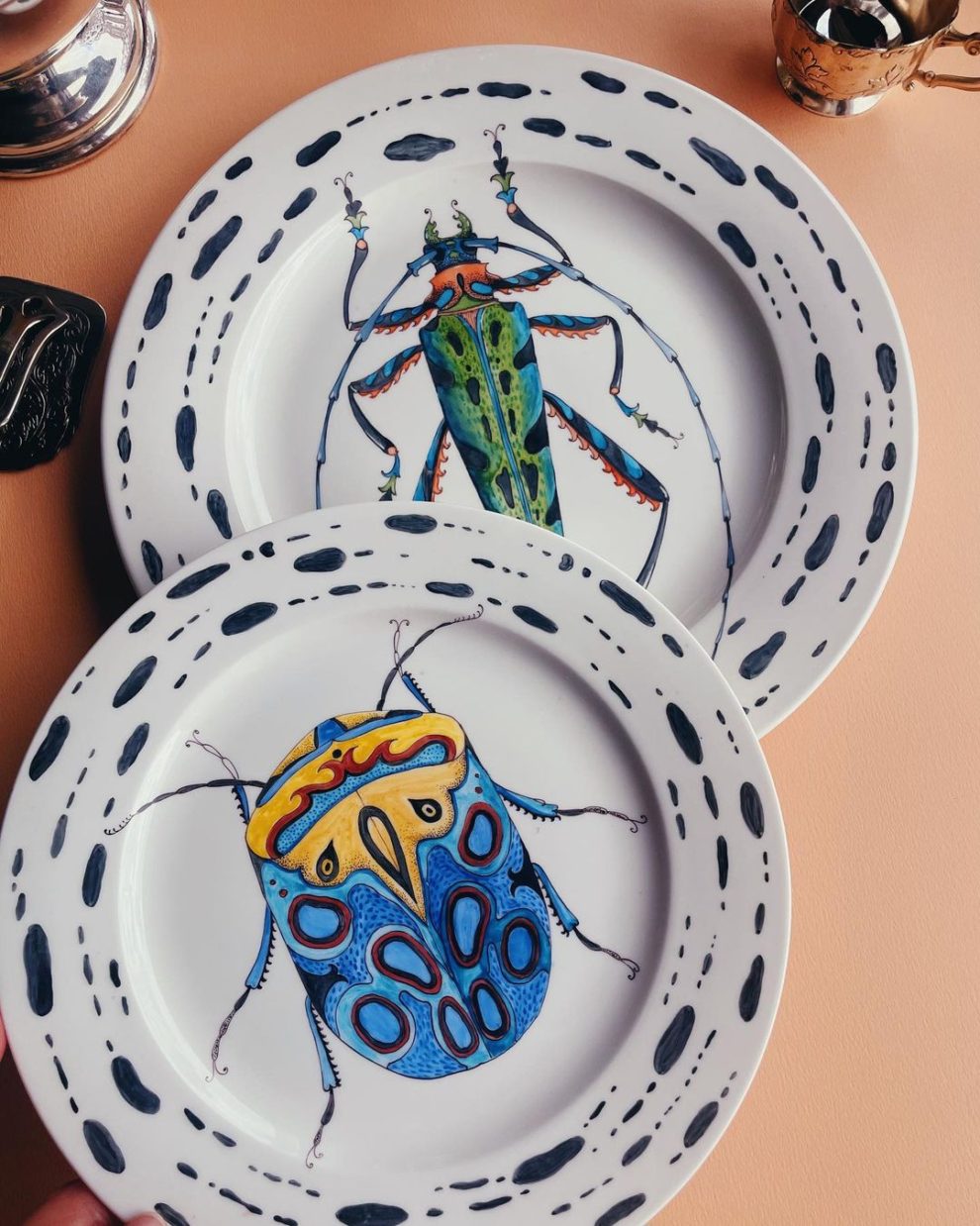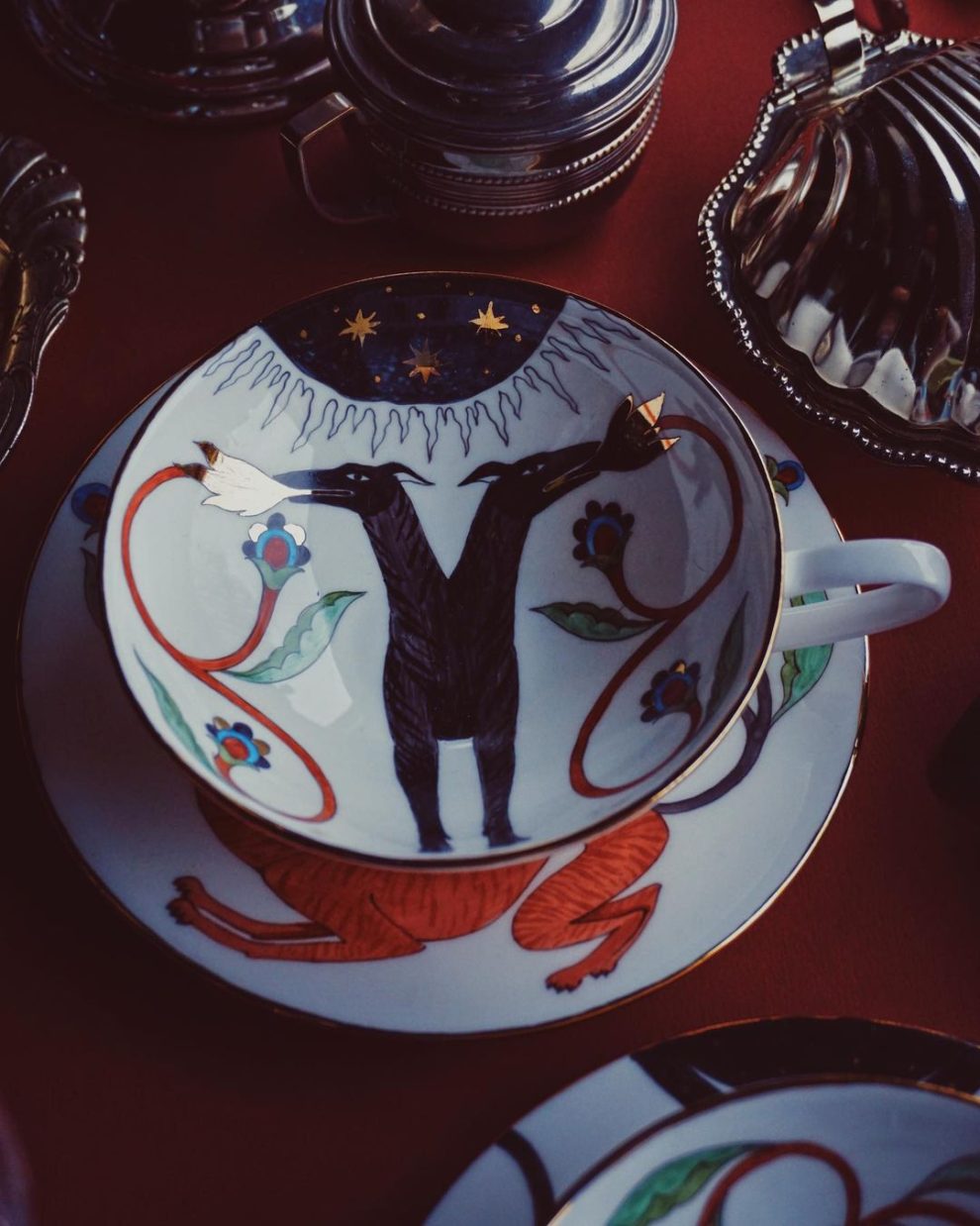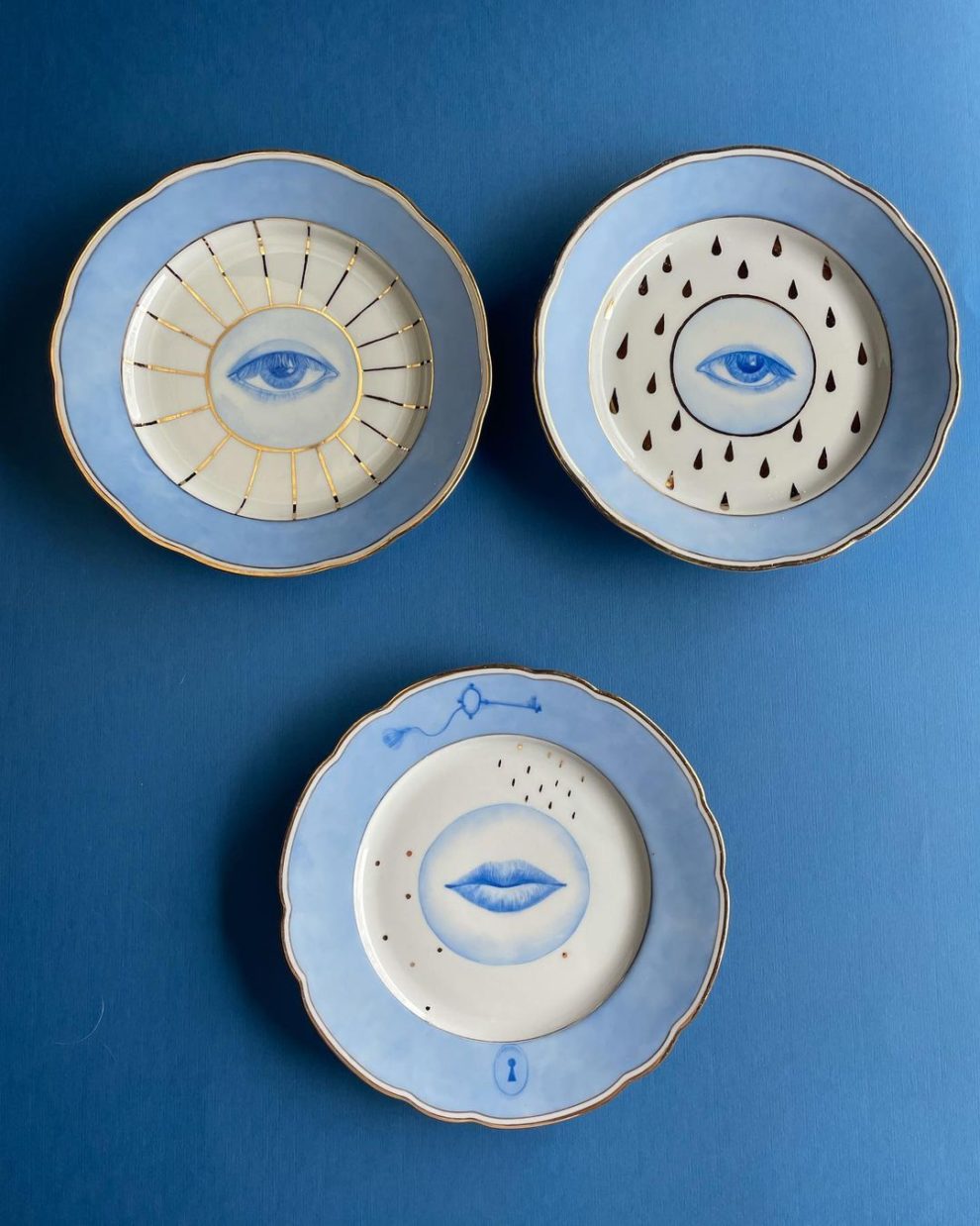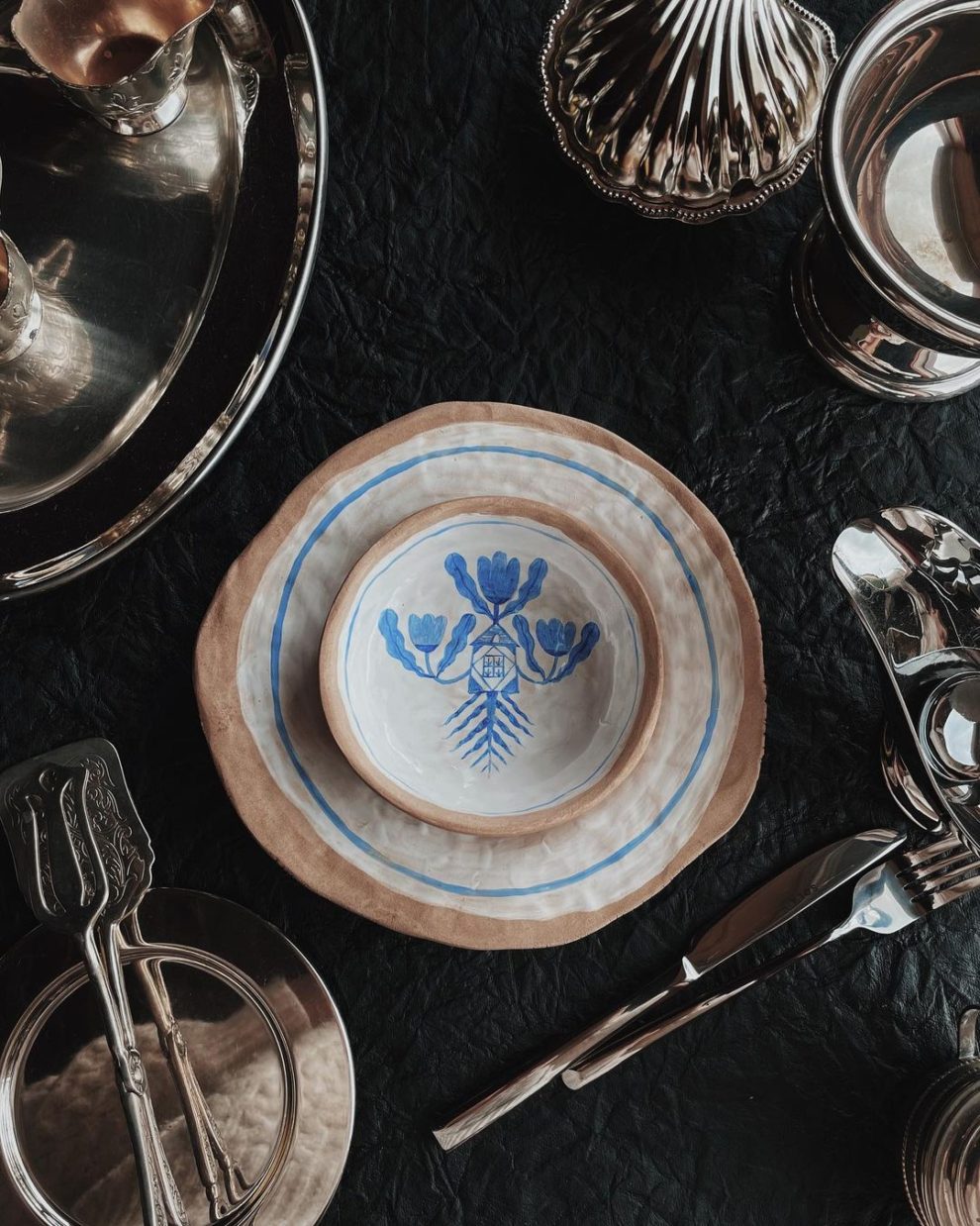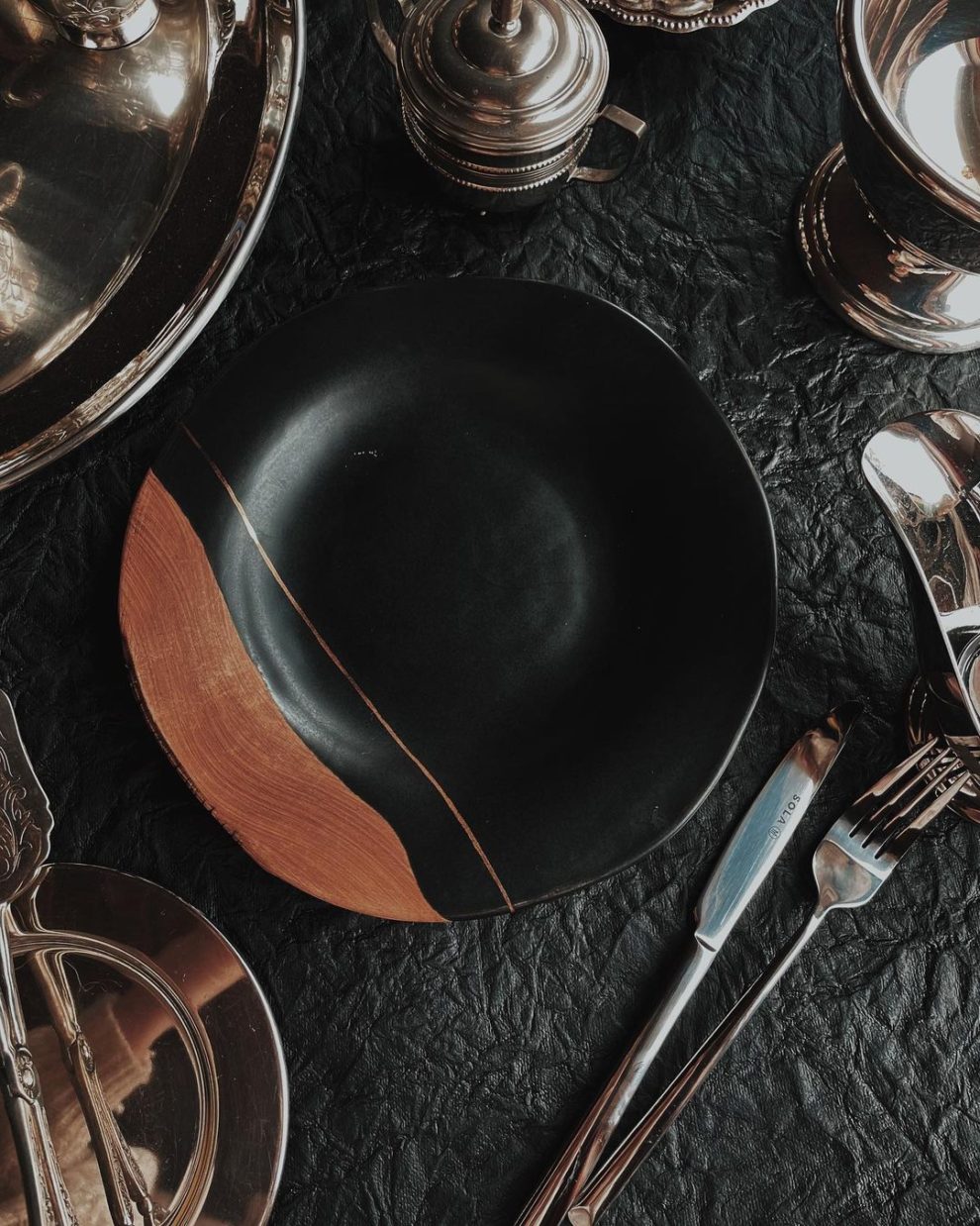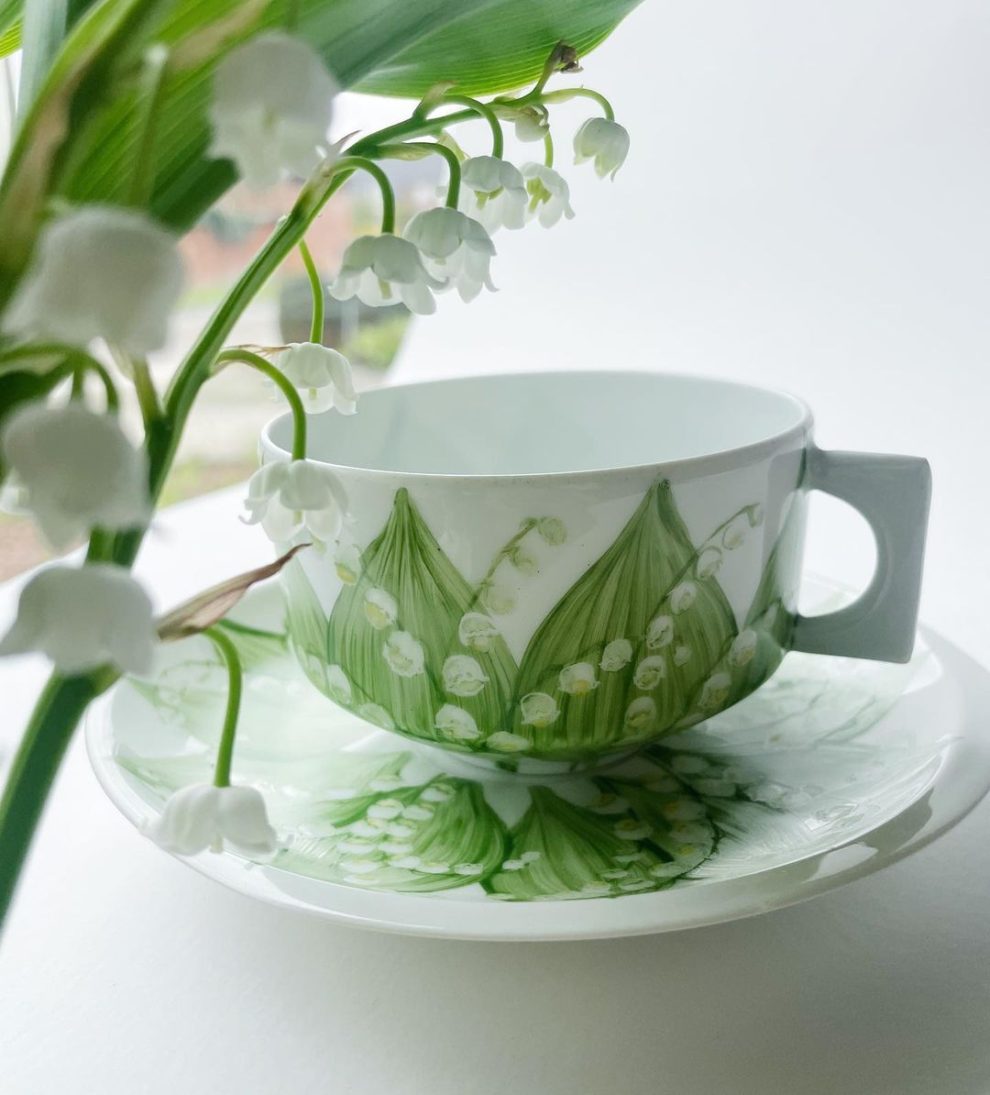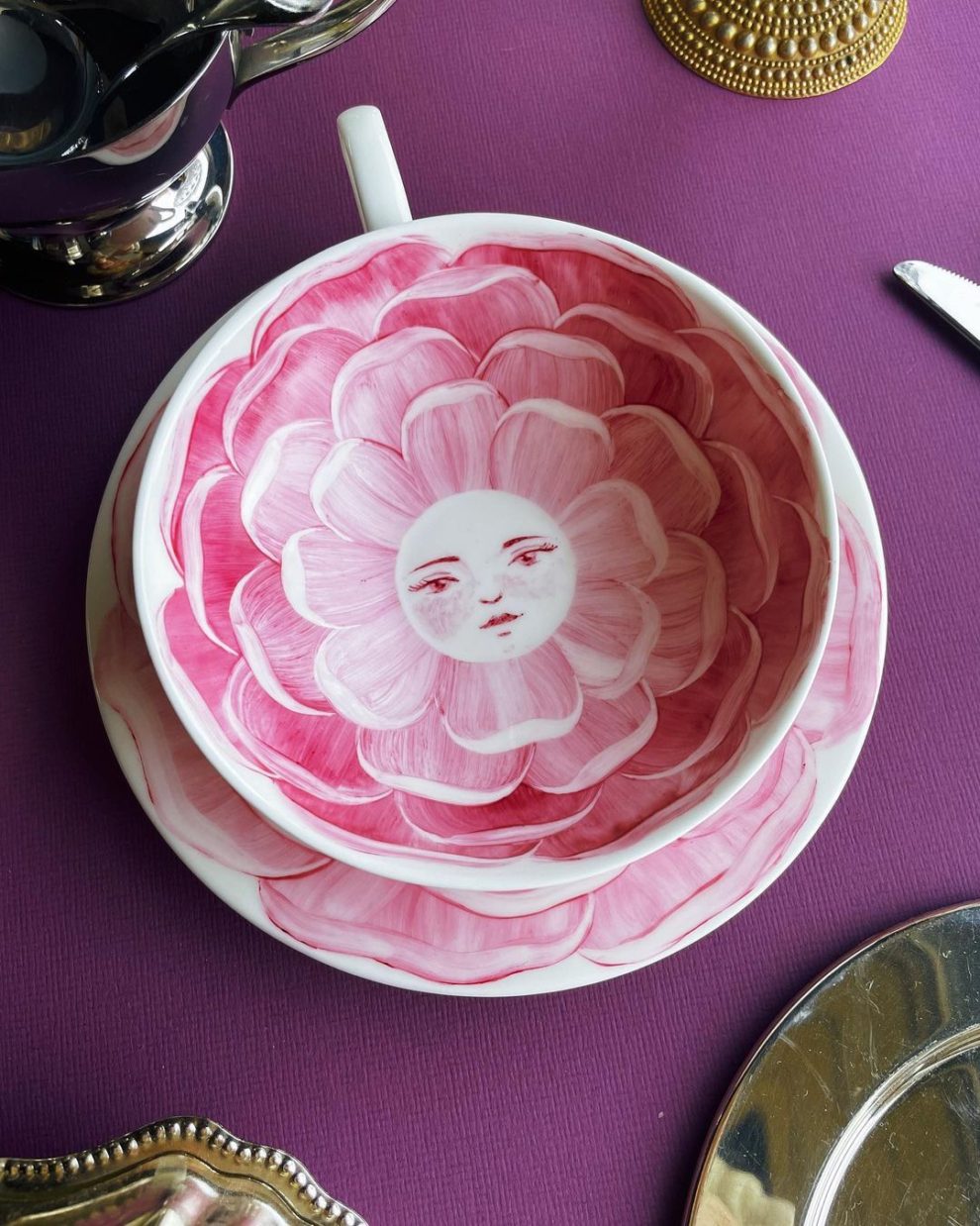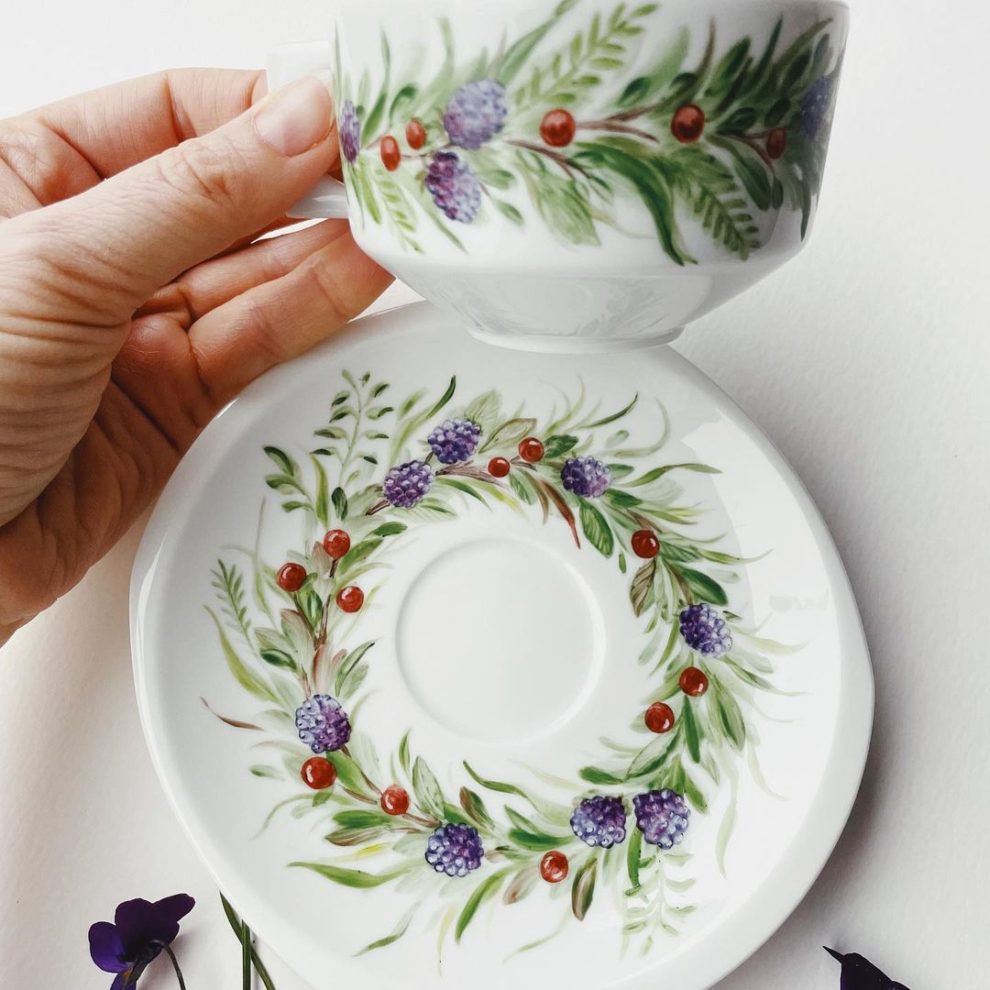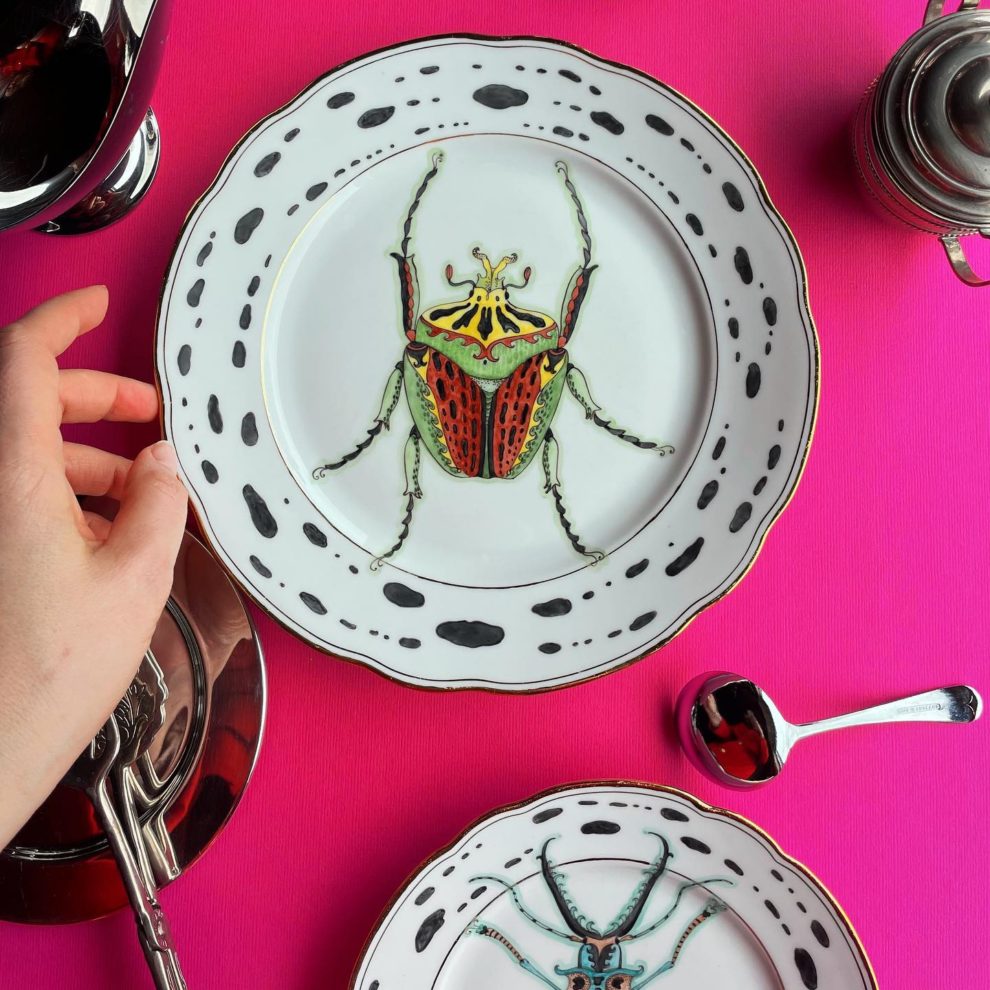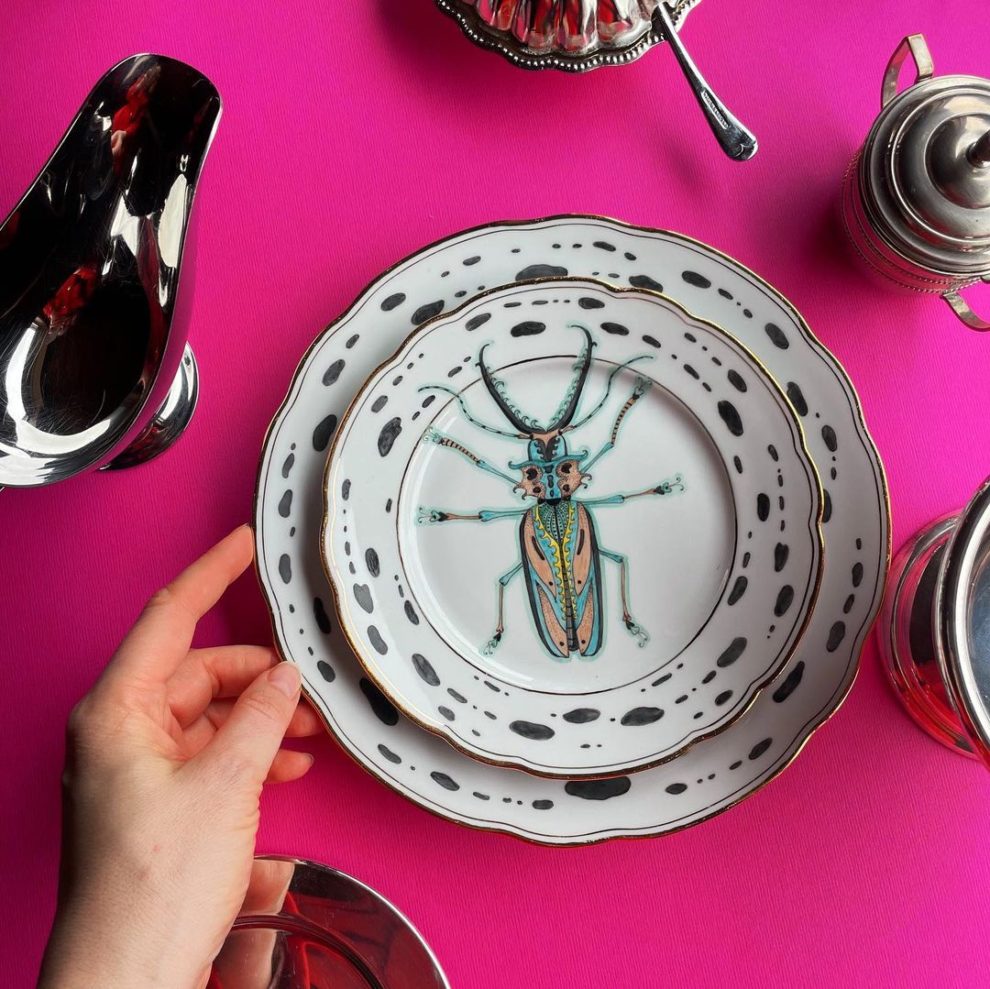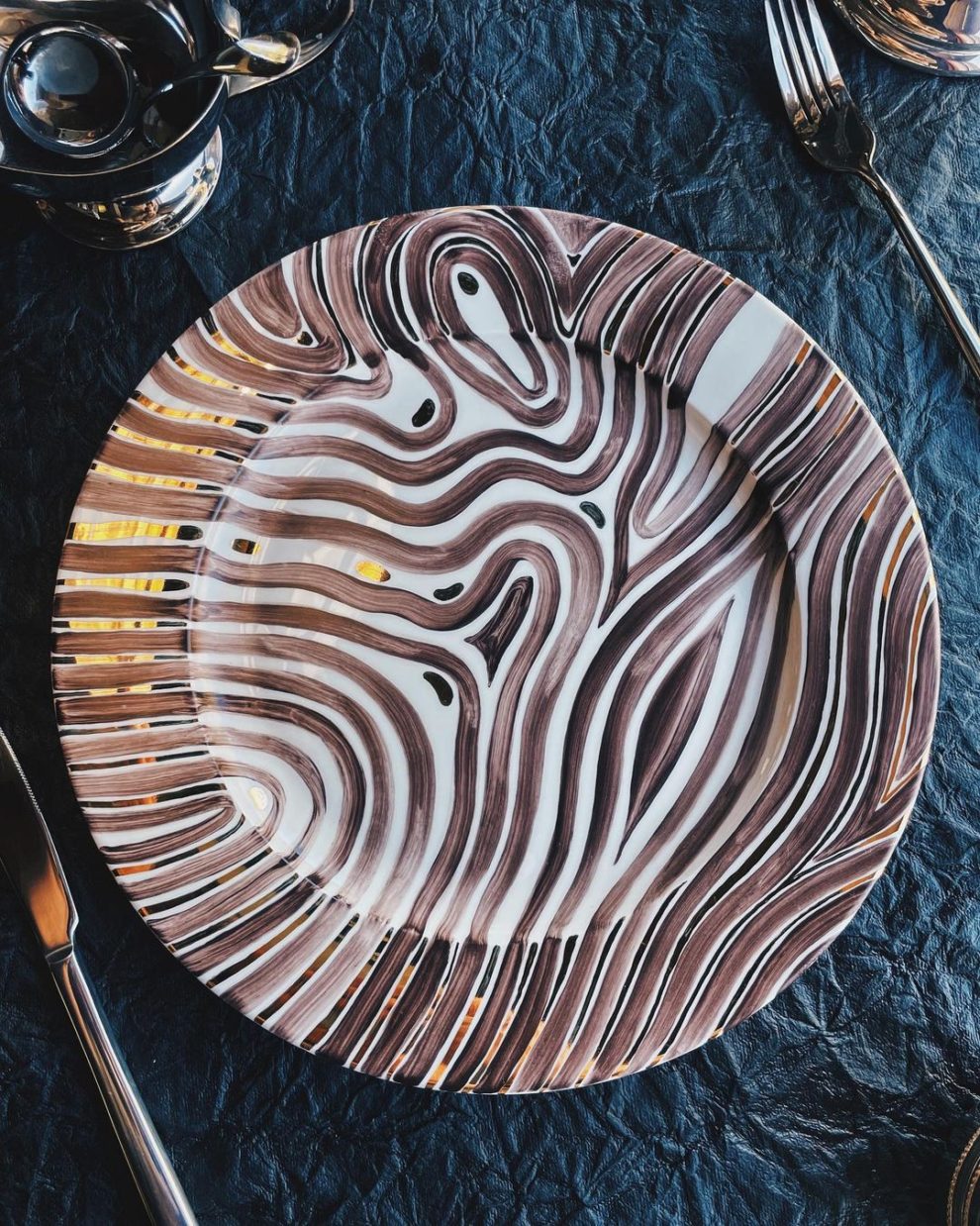Beetles and Fear: The Inspirations Behind Julia Pilipchatina’s Work
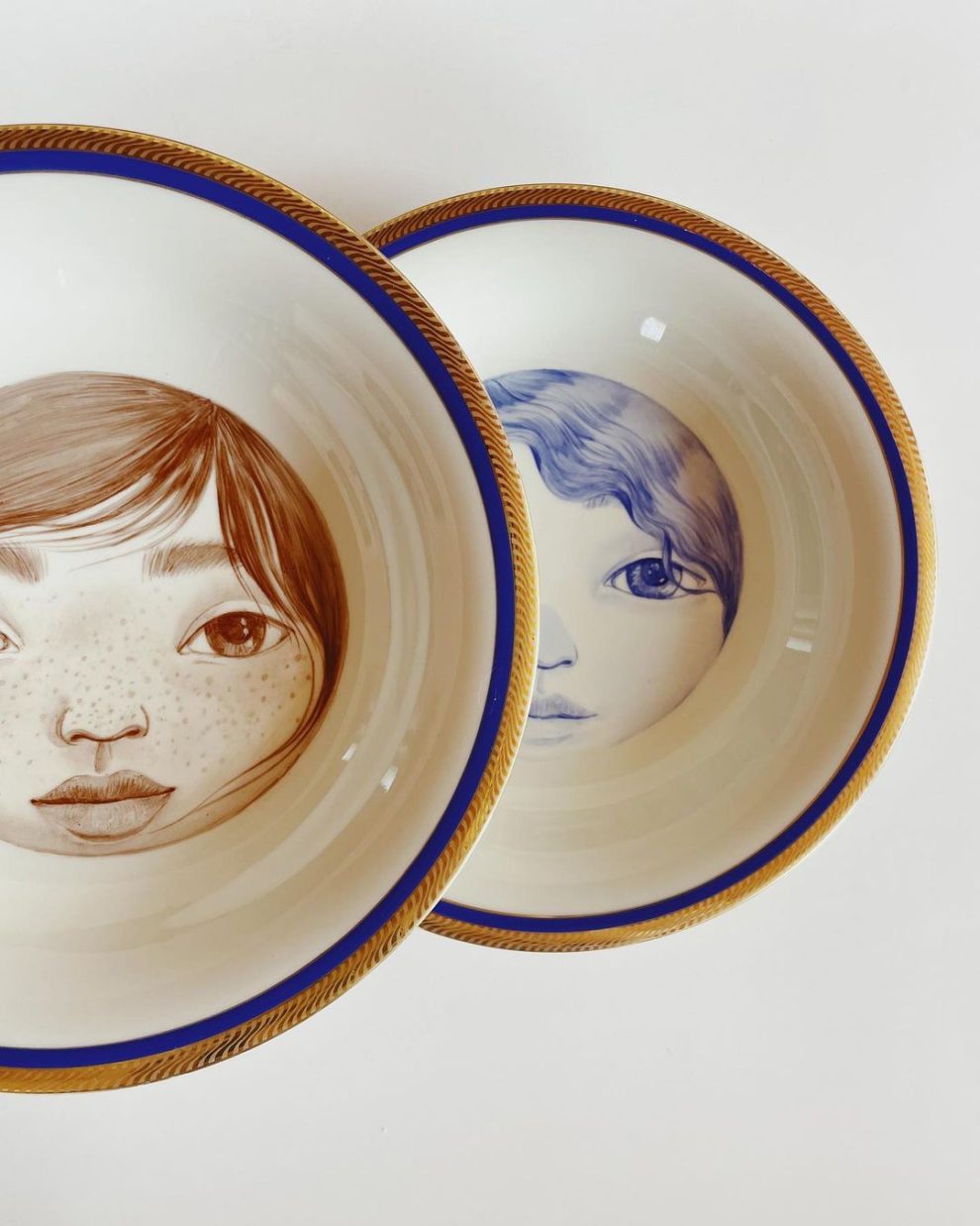
Porcelain has a long and fascinating history, dating back to the 7th or 8th century in China. It wasn’t until the early 18th century that porcelain was first produced in Europe. The elegant surfaces and ornate designs of porcelain made it highly sought-after globally. Porcelain painting became an art form that emphasized numerous patterned layers of colorful glaze, transforming dinnerware and decorative vessels into canvases of intricate beauty.
More: Instagram, Etsy h/t: thisiscolossal
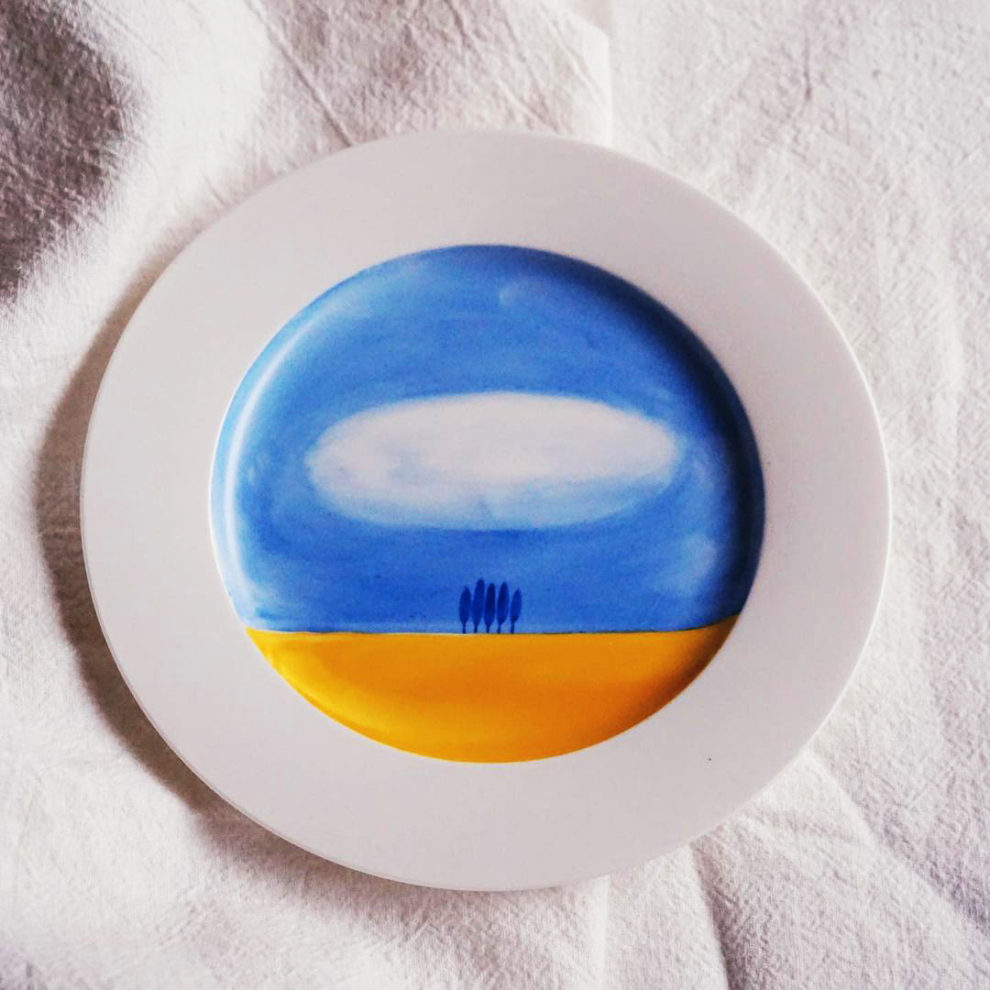
Ukrainian artist Julia Pilipchatina is among those who still practice the craft of hand-embellishing plates with this ancient art form. For Pilipchatina, the process of creating hand-painted porcelain connects her to a rich creative legacy and to personal stories and family heirlooms. Her work reflects her fascination with the profound ties to ancestry and culture that tableware represents.
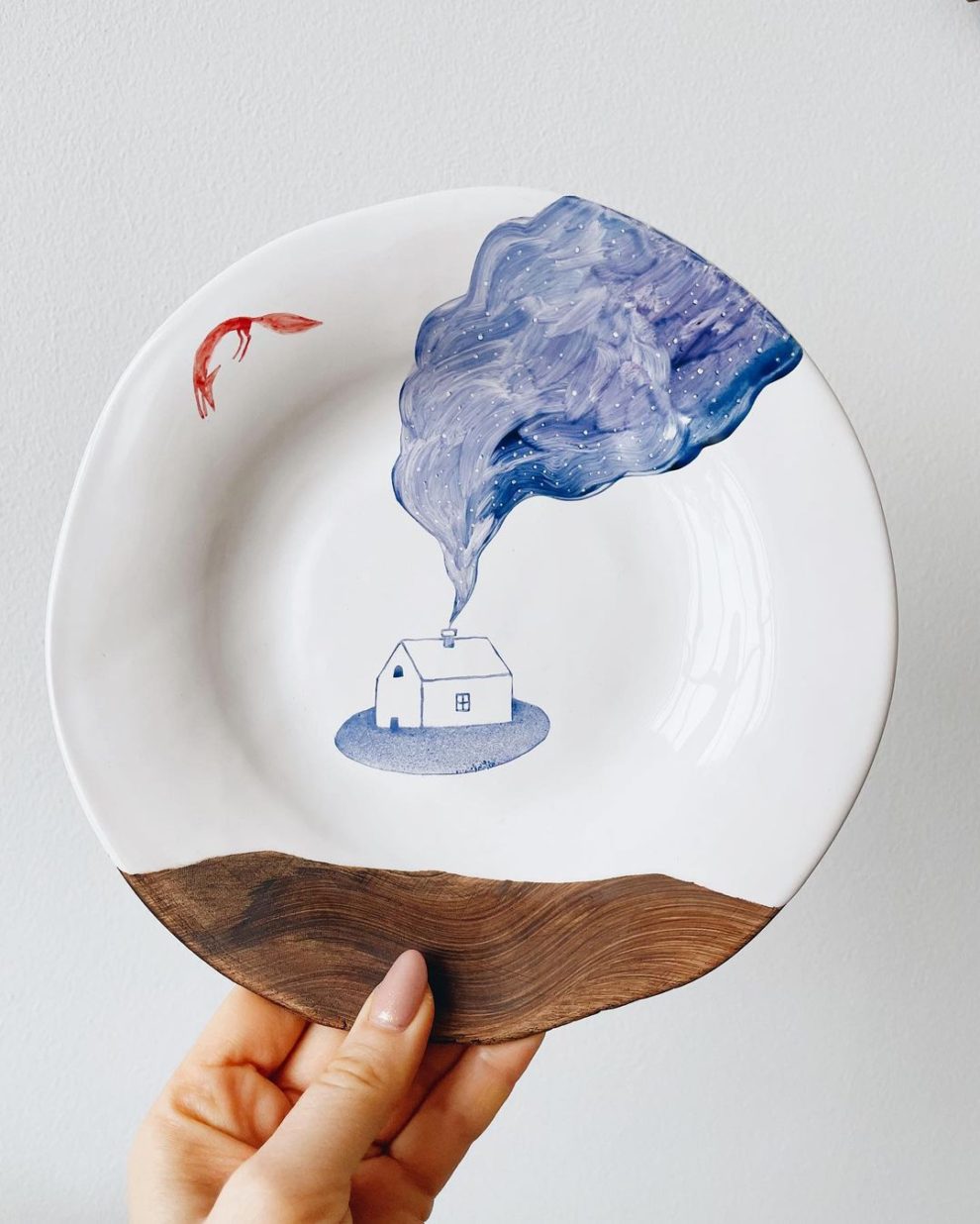
Despite being a refugee from Russia’s ongoing war against Ukraine, Pilipchatina continues to develop her craft in Belgium, creating a series of plates depicting detailed, chromatic insects with spotted wings, serrated legs, and feathery feet. She sees her Beetles series as a way to overcome her fears and connect with her own values.
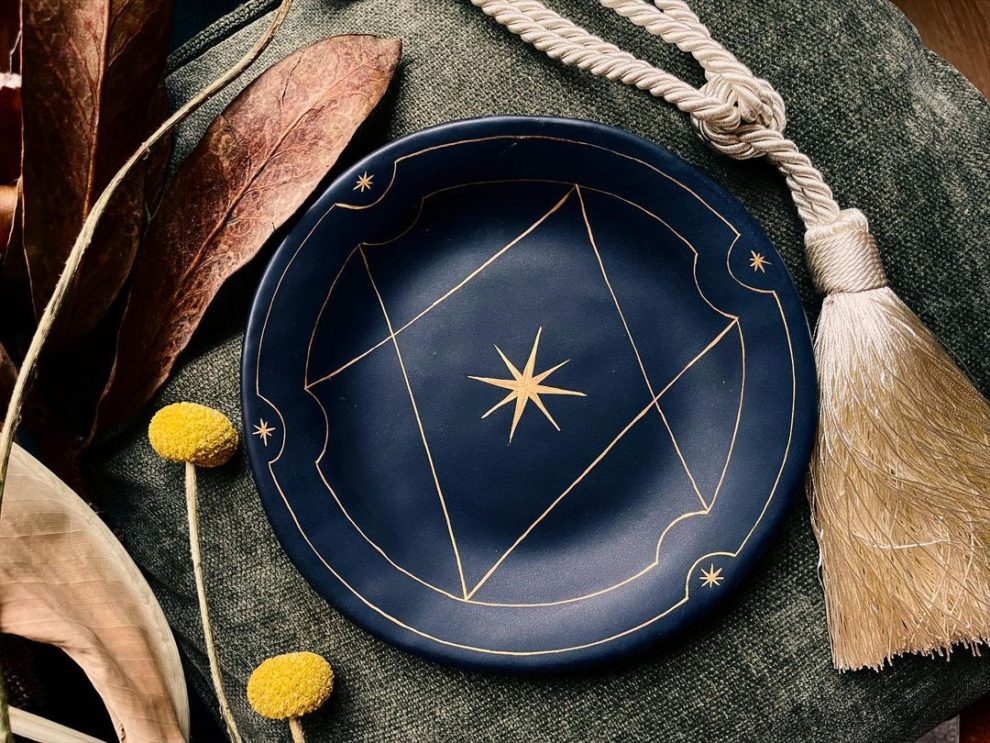
In a world where mass production has become the norm, the art of hand-painted porcelain serves as a reminder of the beauty and value of human craftsmanship. Pilipchatina’s work is a testament to the enduring appeal of this ancient art form, and to the importance of preserving cultural traditions for future generations.
